Txakoli and Pintxos, the Perfect Pairing
Txakoli and Pintxos, the Perfect Pairing
You belly up to the bar. A cacophony of clanking glasses, fast paced chatter and the shuffling of tiny plates fills the atmosphere. A spell of nervous anticipation washes over you as you spy a sea of gastronomic masterpieces in miniature spread out and ripe for the plucking. A frenzied parade of Pintxos swiftly pass through your eager hands – the Gilda, constructed of Cantabrian antxoas (anchovies), verdant guindilla peppers and olives, piping hot hongos (mushrooms) dripping in garlic sauce, golden toasts crowned with whipped tuna clouds, and sweet shrimps festooned with silky dollops of aioli. Your taste buds tingle with satisfaction as you shuffle through the wasteland of tiny, crumpled napkins you’ve amassed underfoot, searching for something to sate your feverish thirst. Down the bar, long, steady streams of frothy nectar are being poured into tumblers from high overhead. You inch closer, you grab a glass, and before you can even take a sip, the sea-infused bouquet of crisp Txakoli has filled your nostrils and you are lulled into a San Sebastian state of grace.
The unofficial wine of Basque Country, Txakoli is sunshine in a glass – a slightly effervescent white wine, light, dry and low in alcohol. The wine is produced from an indigenous varietal of grape grown in vineyards that overlook the rugged Cantabrian coastline and are perfumed by the salty sea air. Served in every tavern, bar, restaurant and home, Txakoli is the perfect accompaniment to almost any Basque dish, and a particularly refreshing compliment to the abundant variety of Pintxos prevalent throughout San Sebastian. Although Txakoli has been produced for local consumption throughout Basque Country for centuries, it was officially recognized as a Denominación de Origen (DO) classification in 1989 by the Basque government, and later by the Spanish government. Although Txakoli continues to garner recognition internationally, the wine is mainly produced for the local market with a relatively small percentage of production being exported globally.
The three appellations where the vast majority of Txakoli is produced are: Álava, Getaria and Bizkaia. Most Txakoli wines are made from a white variety of grape known as the Hondarribi Zuri that grows in the mild, coastal climates of the Basque Country. The wines are usually composed of a mixture of Hondarribi Zuri grapes and ten to twenty percent Hondarribi Beltza grapes, both of which are thought to be native to the terroir of Basque Country. The grapes are traditionally grown in vineyards that employ a high trellis training system that improve airflow and thus minimize the threat of mildew so ubiquitous to the damp Basque climate. New training systems however, have been used in recent years to improve the overall quality and growth of the vines. In the winter months, the vines are rested and pruned to ensure that they become productive once the spring growing season begins. By early fall, the grapes have fully ripened and are ready to be harvested. The harvested grapes are then pressed, and the must is fermented at a controlled temperature for anywhere between 15 to 30 days. Wineries have traditionally used large, wooden vats for the fermentation process, but stainless steel fermentation has now become the norm. After the fermentation process has concluded, the young Txakoli is left to rest for a number of months until it is ready to be bottled.
Txakoli wines produced in the coastal areas of Bizkaia and Getaria tend to exhibit flavors of green fruit with a crisp finish, typically considered to be characteristics of the best Txakoli wines. In Álava, the wines exude notes of peach and stone fruit and are usually higher in alcohol content than most Txakoli wines. While there are also small amounts of rosé and red varieties of the wine produced throughout the region, white Txakoli is the predominant version. The product of a coastal setting, it is only fitting that Txakoli pairs perfectly with seafood dishes, particularly oysters on the half shell, prawns and crab, while traditional Basque fare like tuna in oil, salted anchovies and various types of Pintxos are deliciously accented by the acidic, effervescent character of the wine. Txakoli is at its best when served chilled and whenever possible, in special glass tumblers that are omnipresent in almost every Basque Country tavern, bar and restaurant. The perfect beverage to imbibe during your next Txikiteo (Pintxos crawl), Txakoli is the fizzy wonder that brings the flavors of the sea, the land and the sun together into one golden glass of goodness.

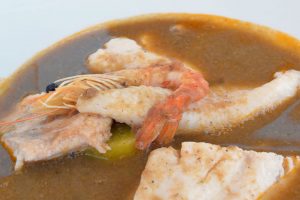

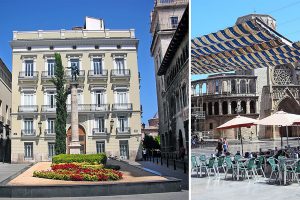


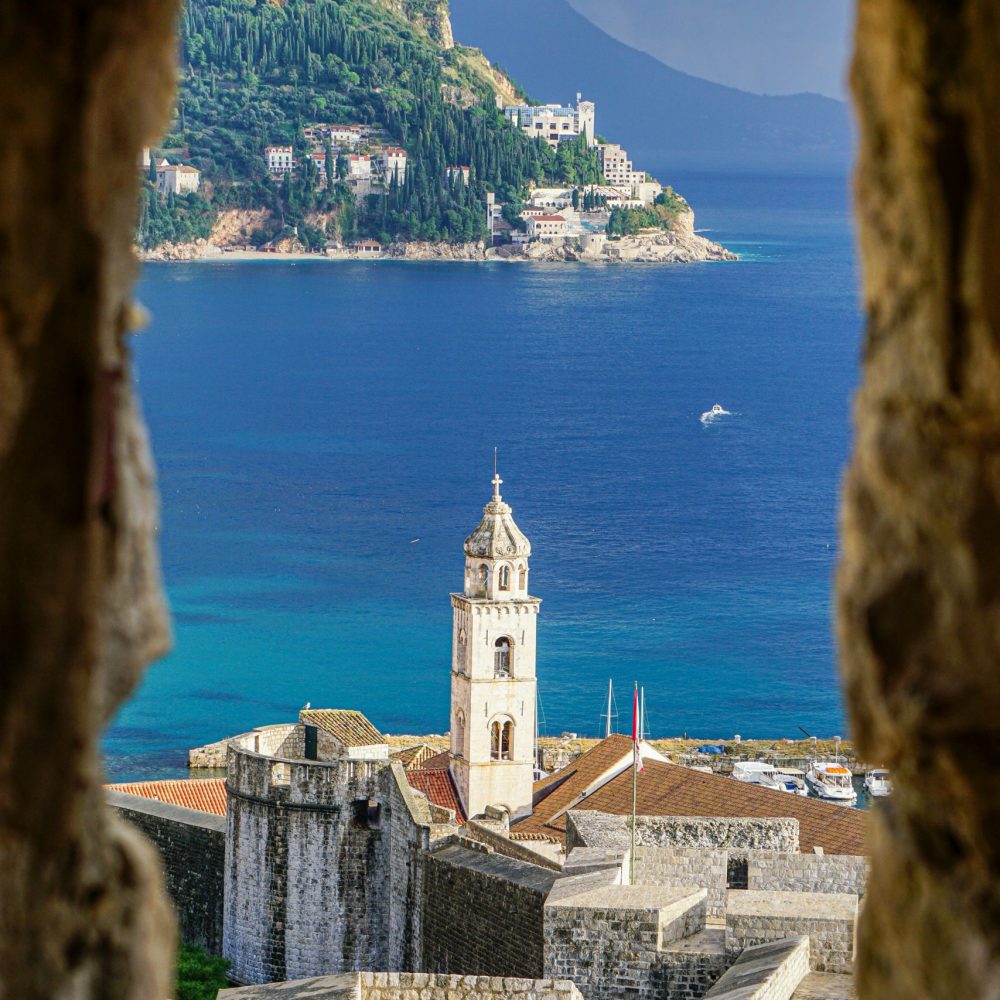
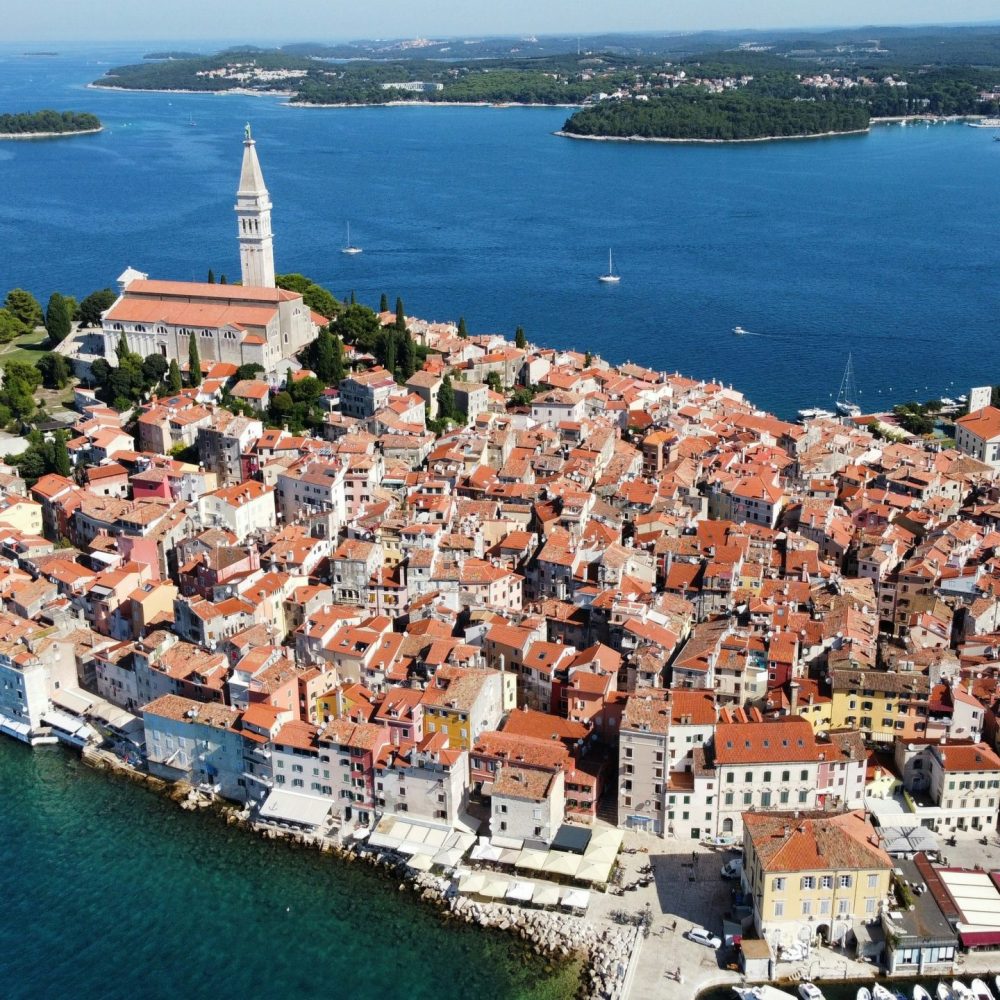

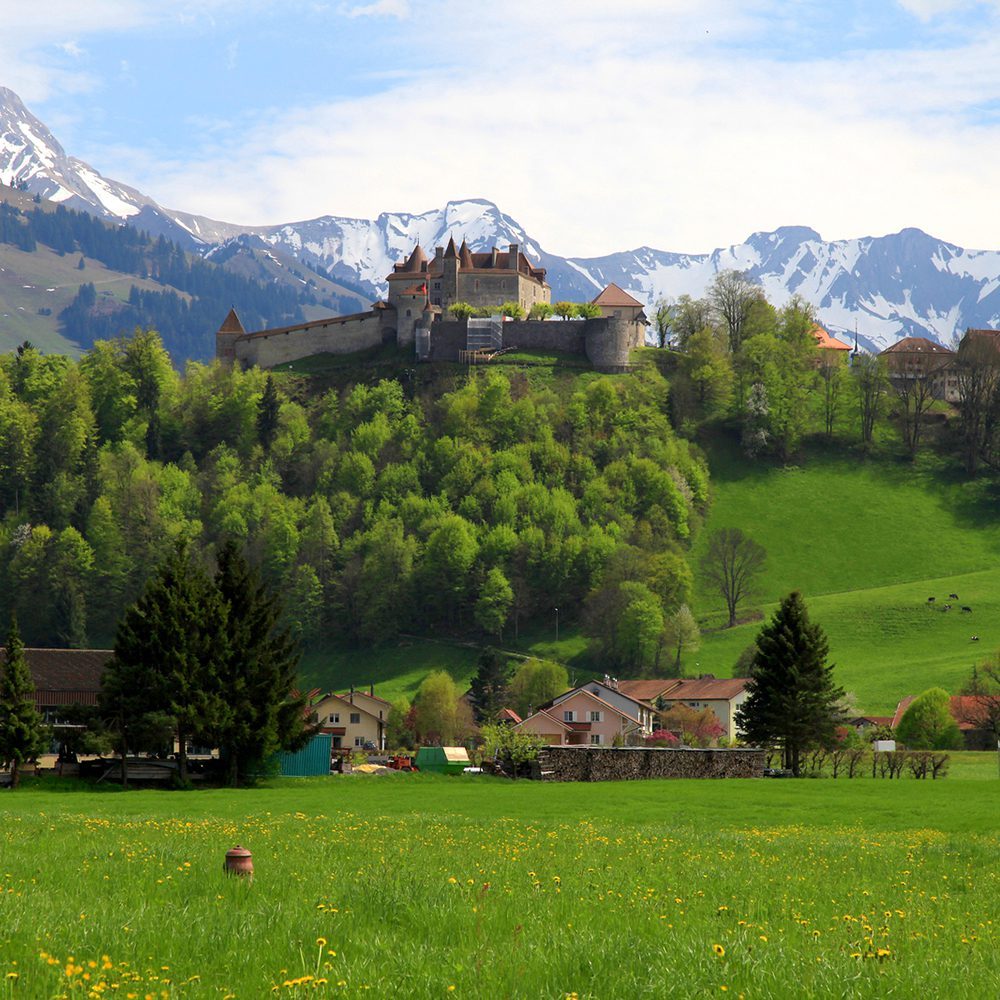

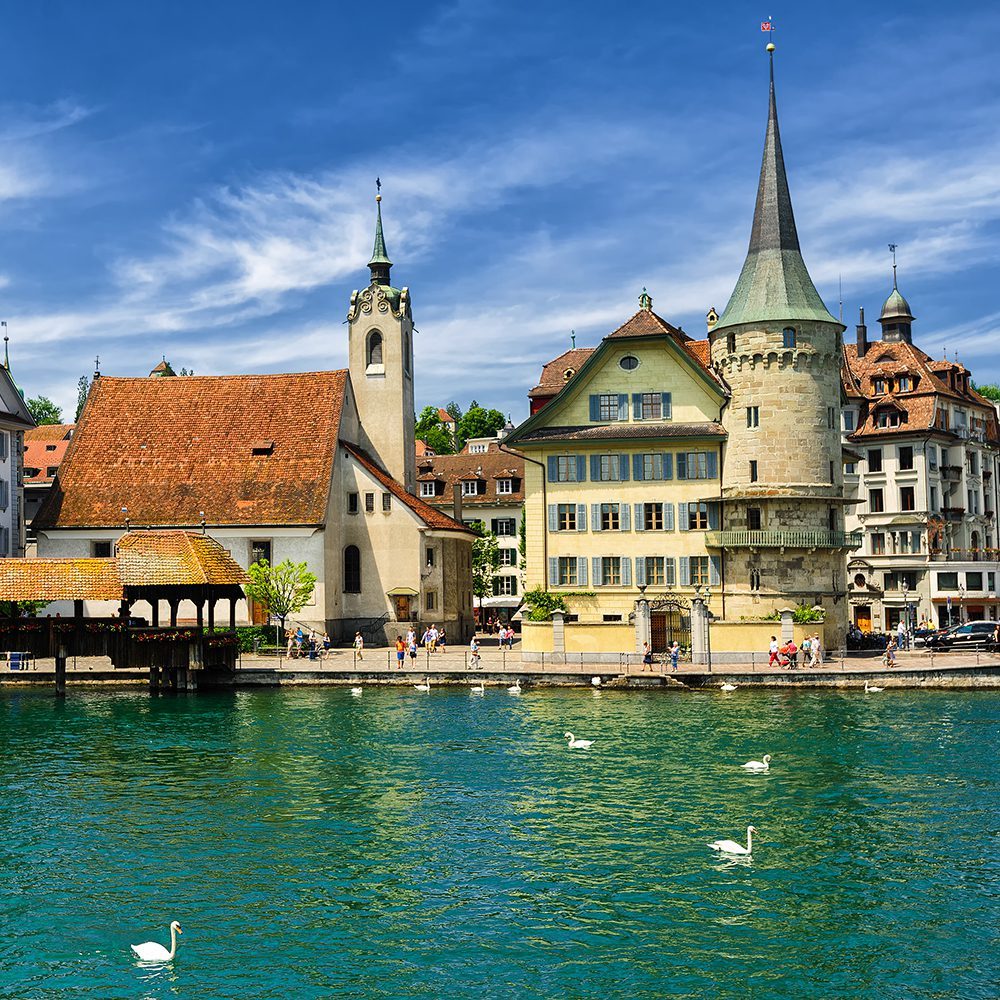
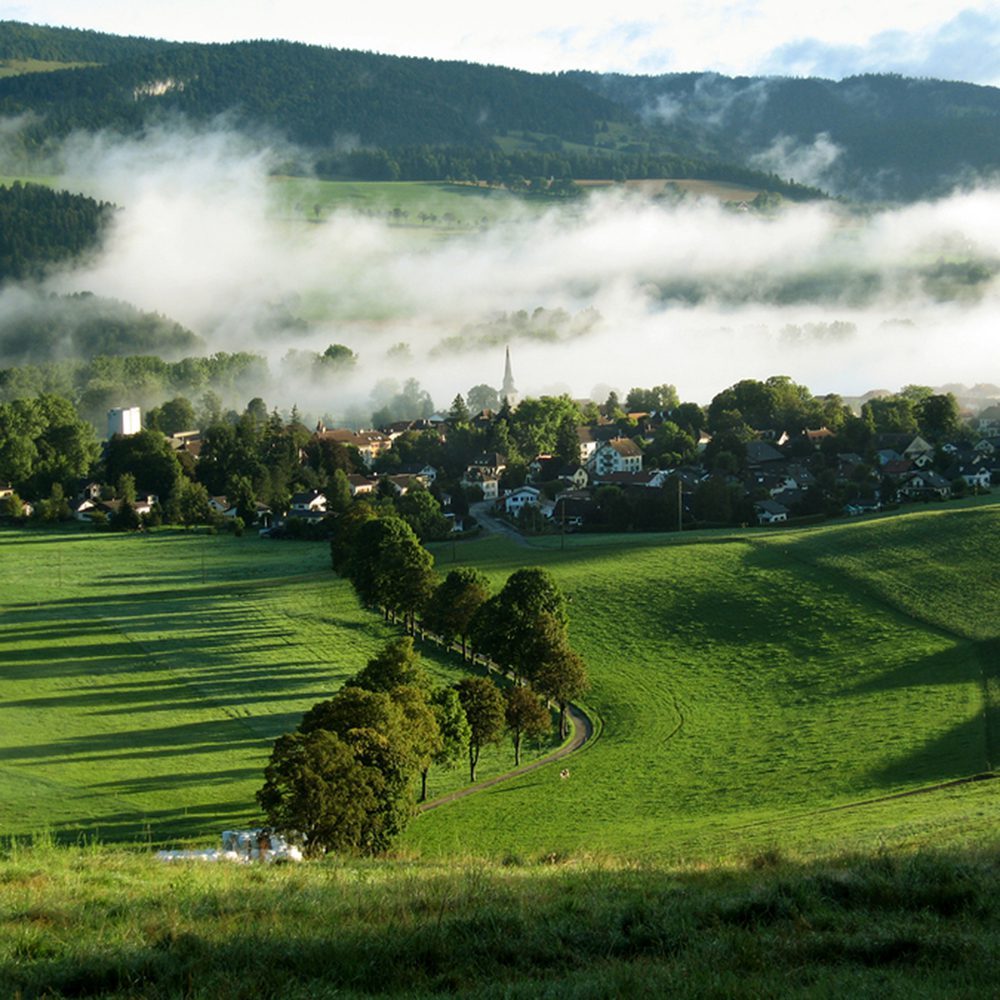
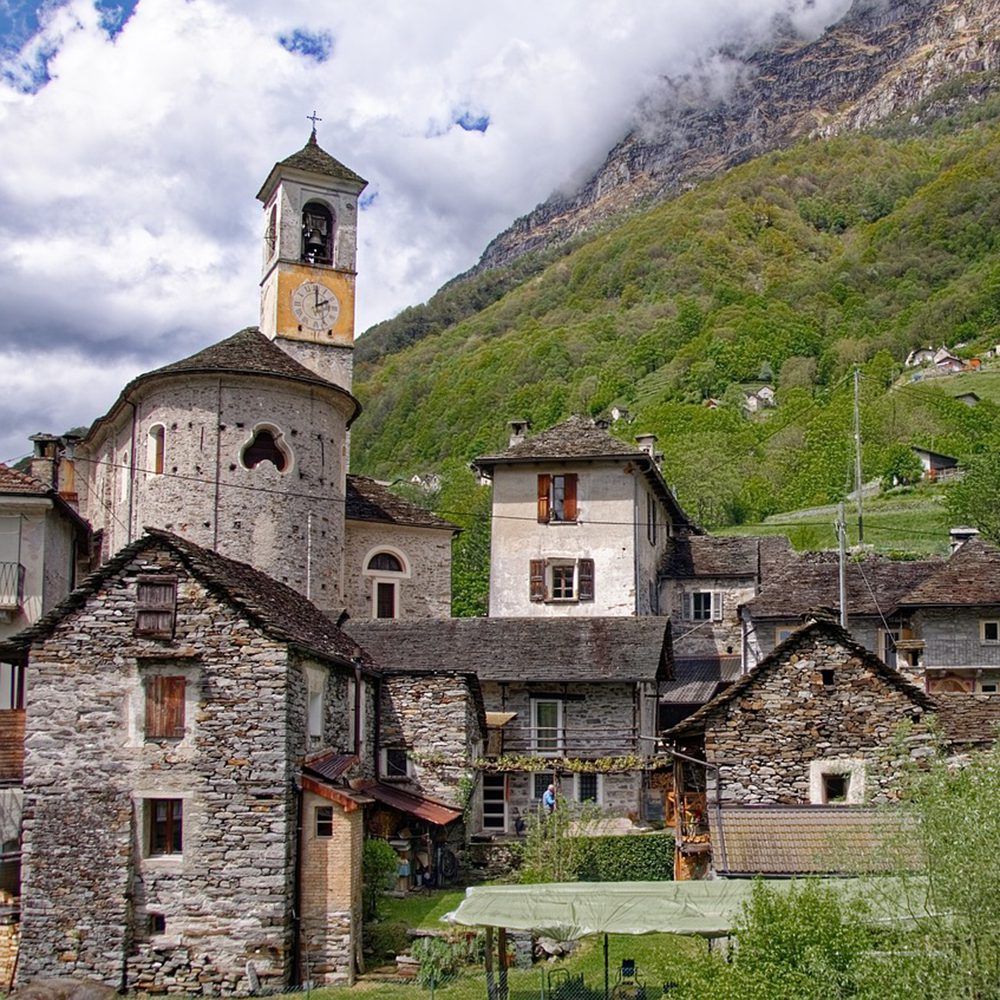
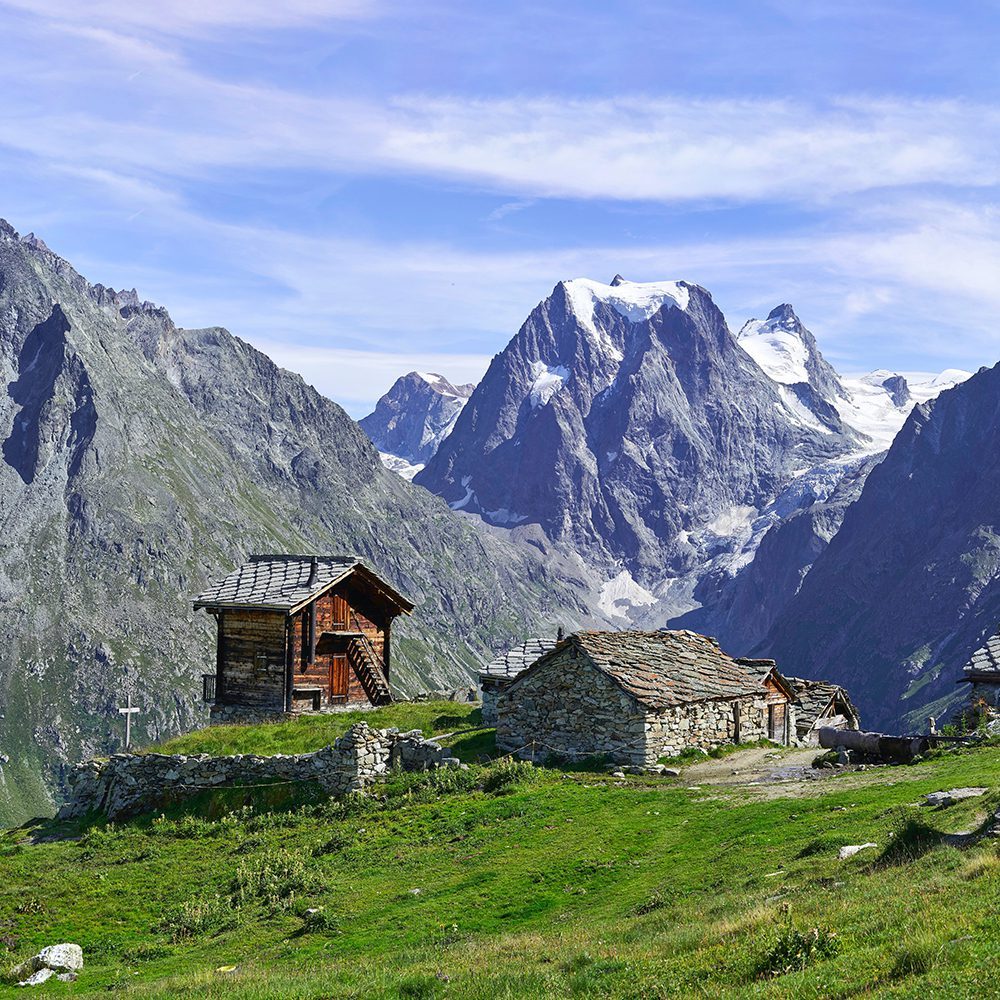
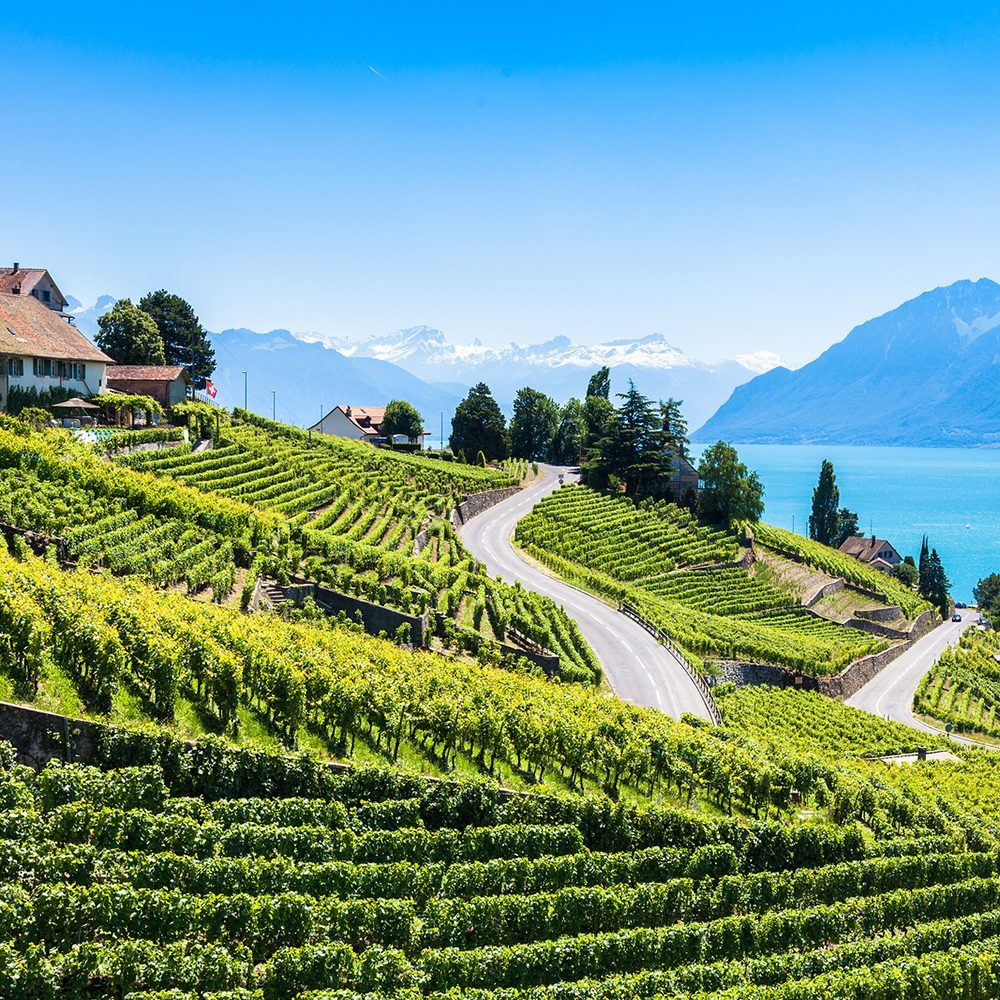

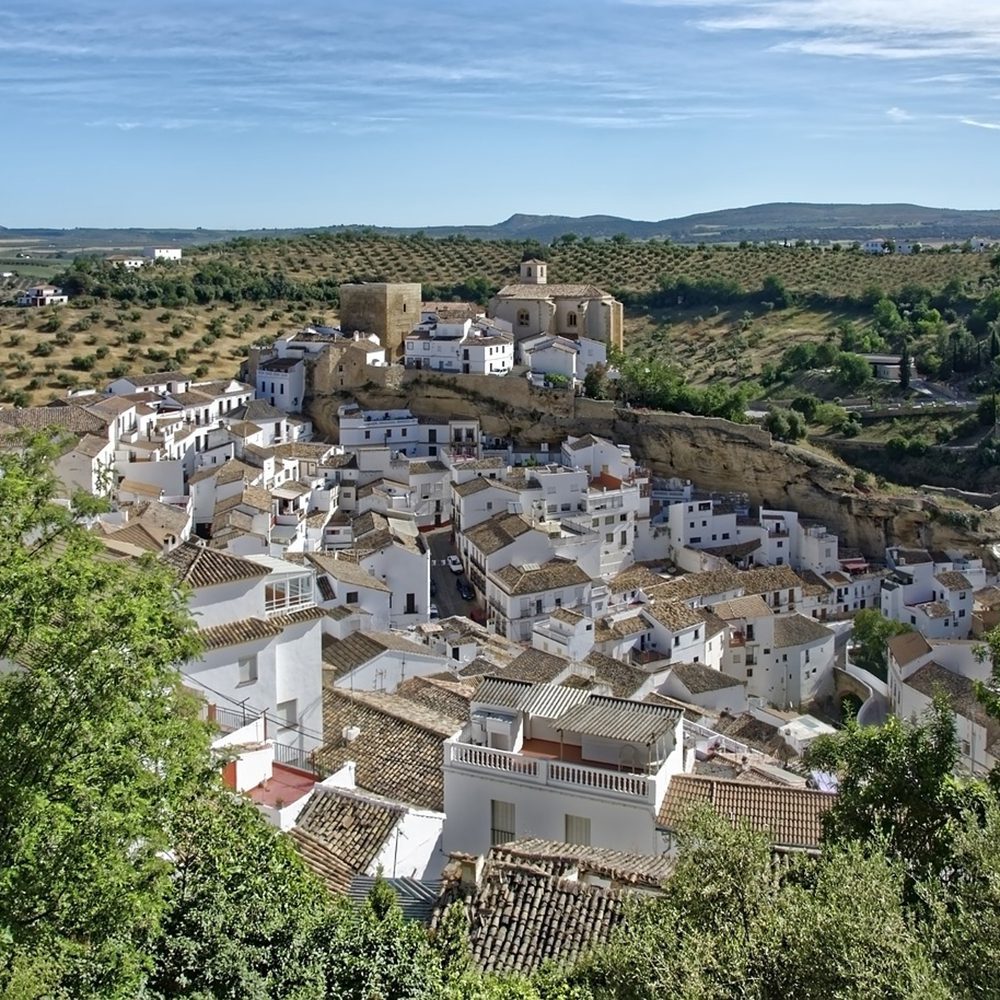
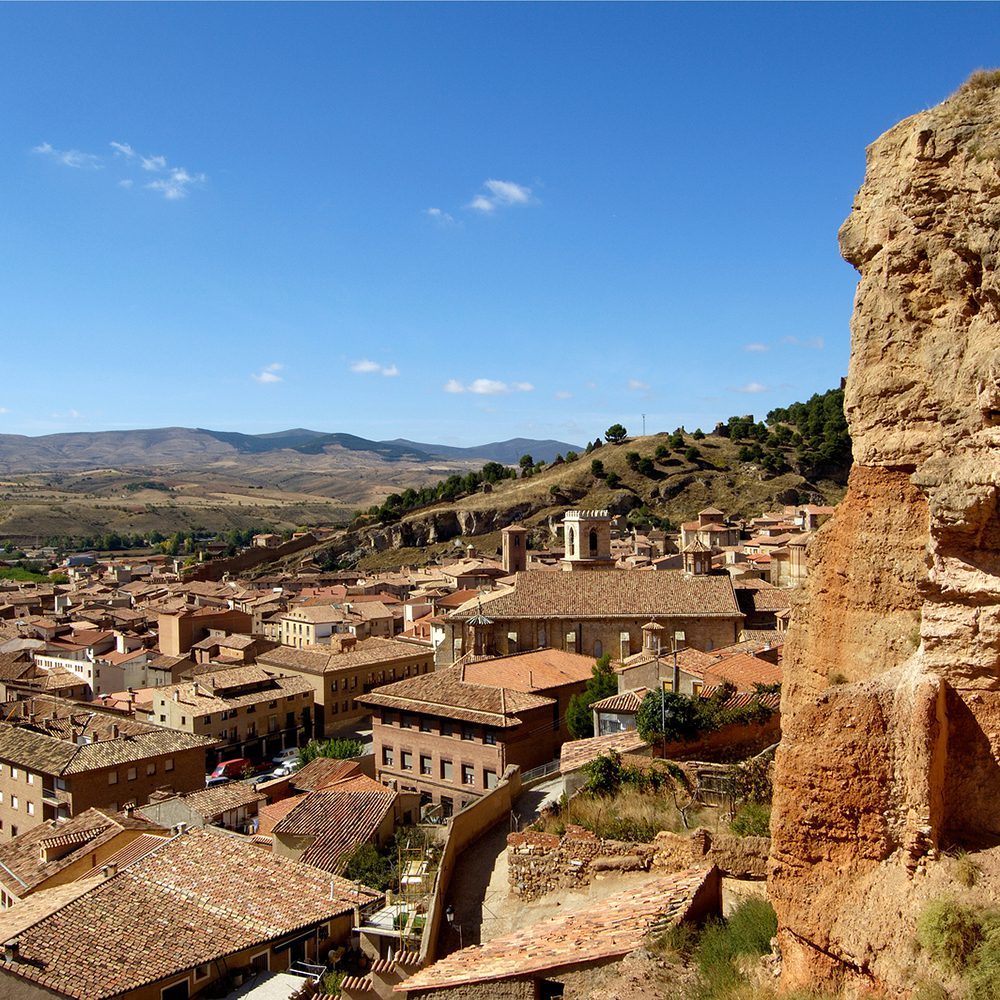

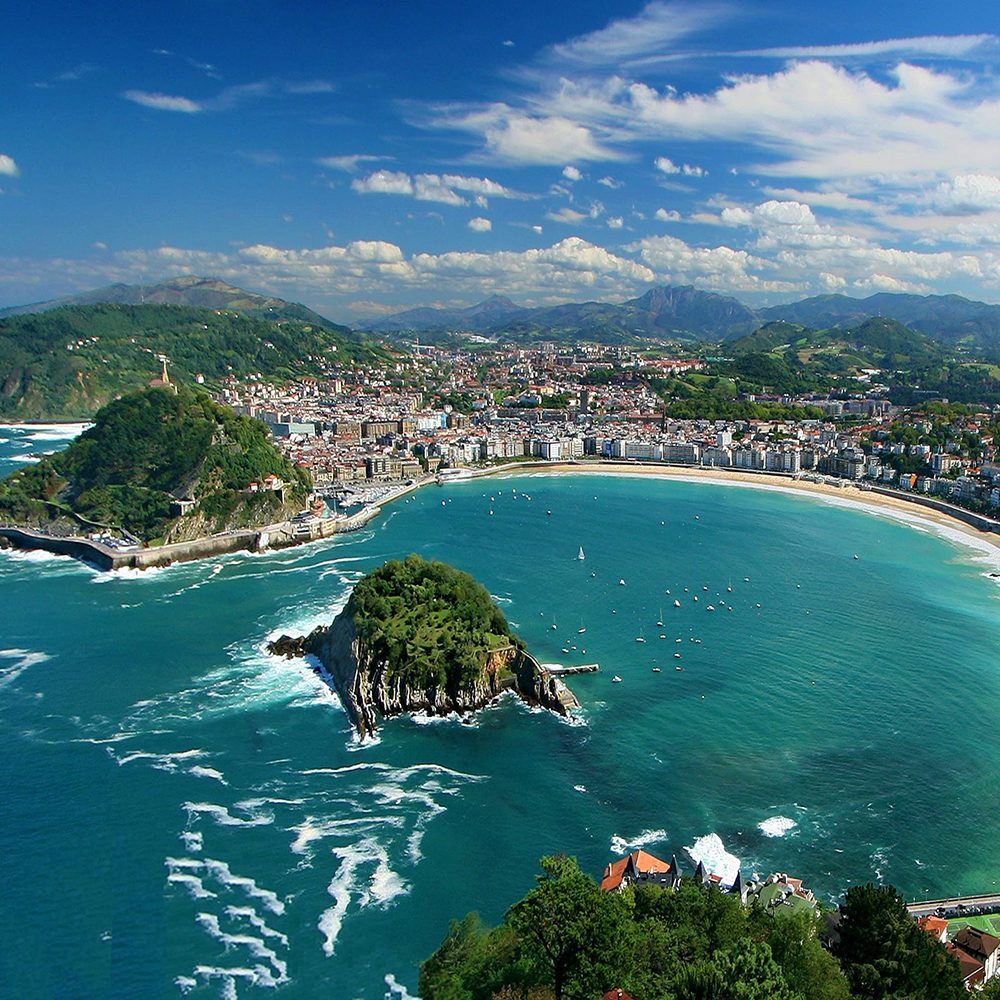
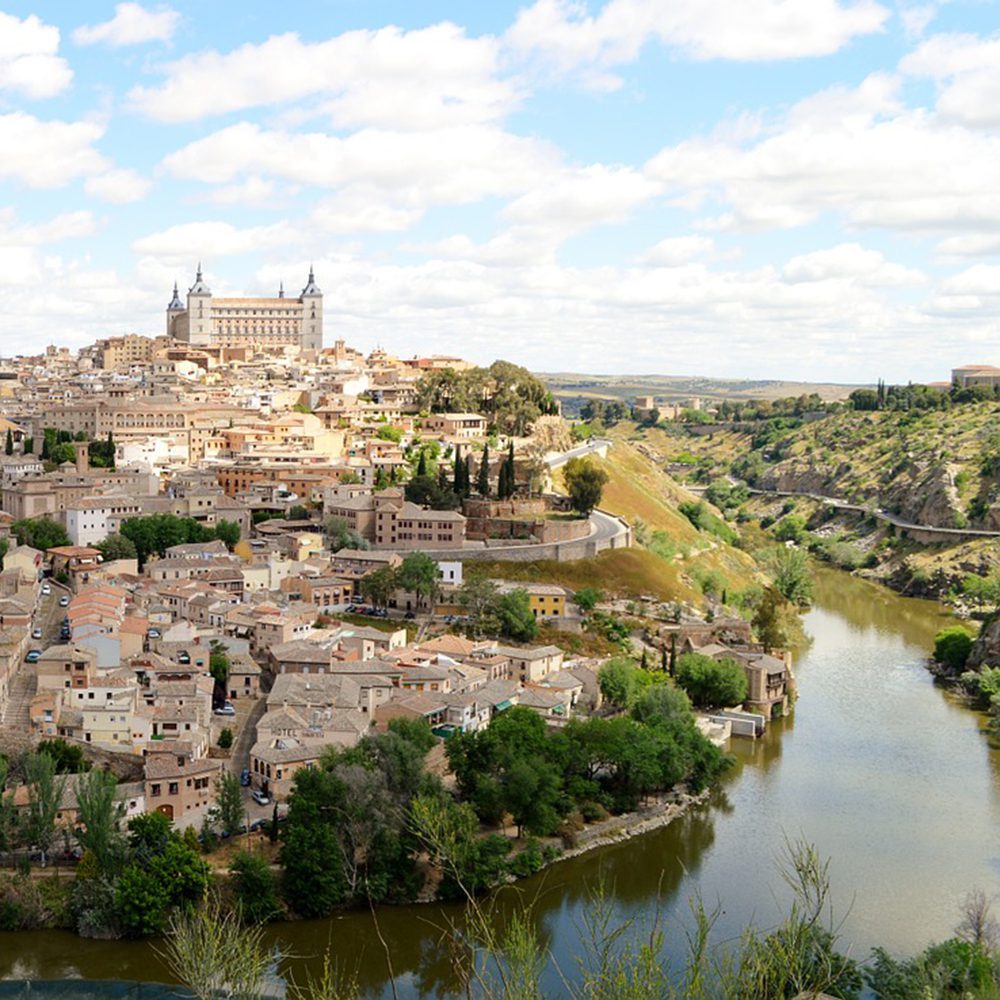


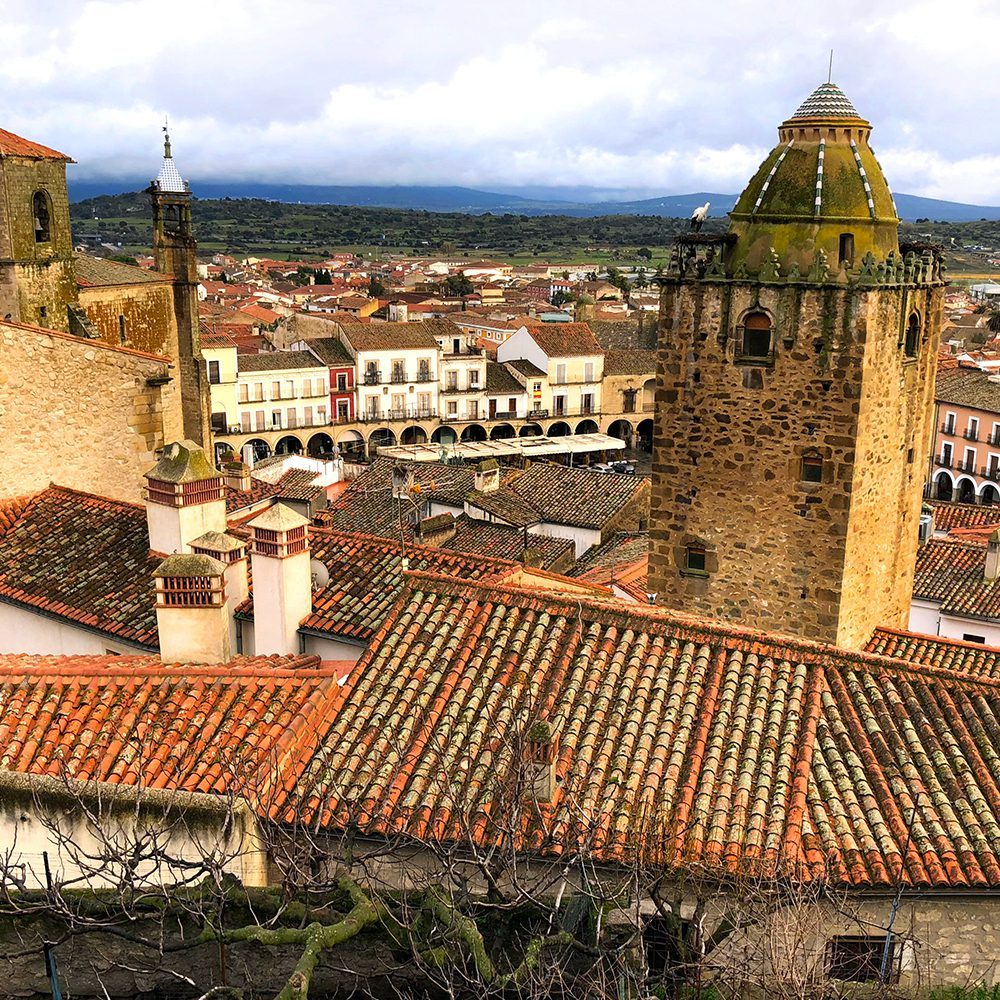

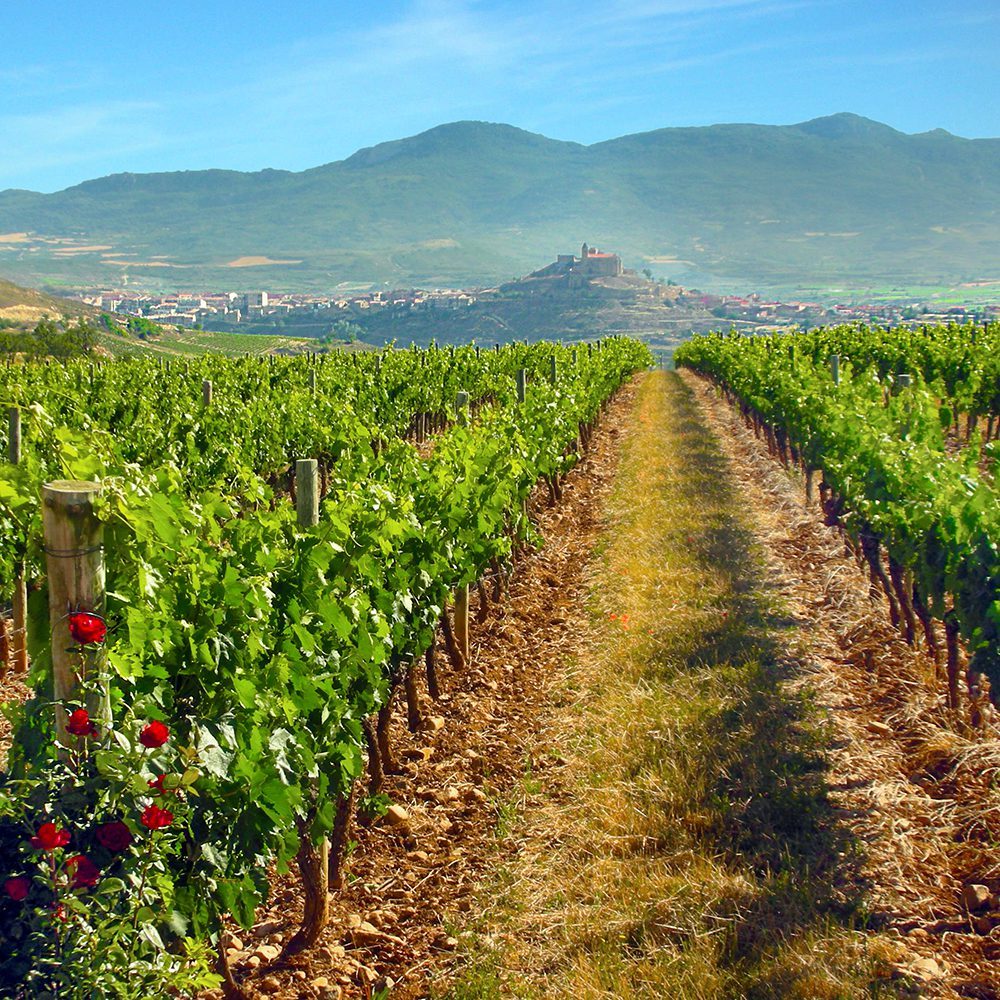
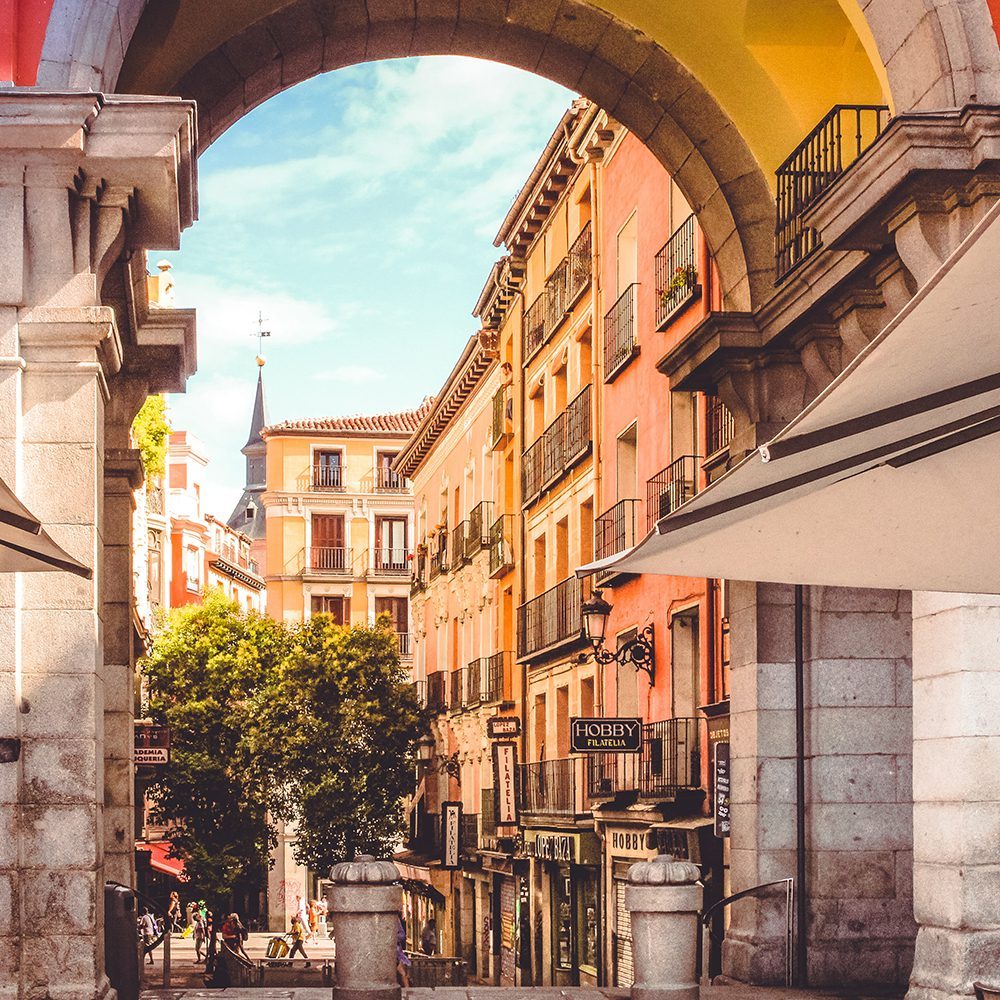
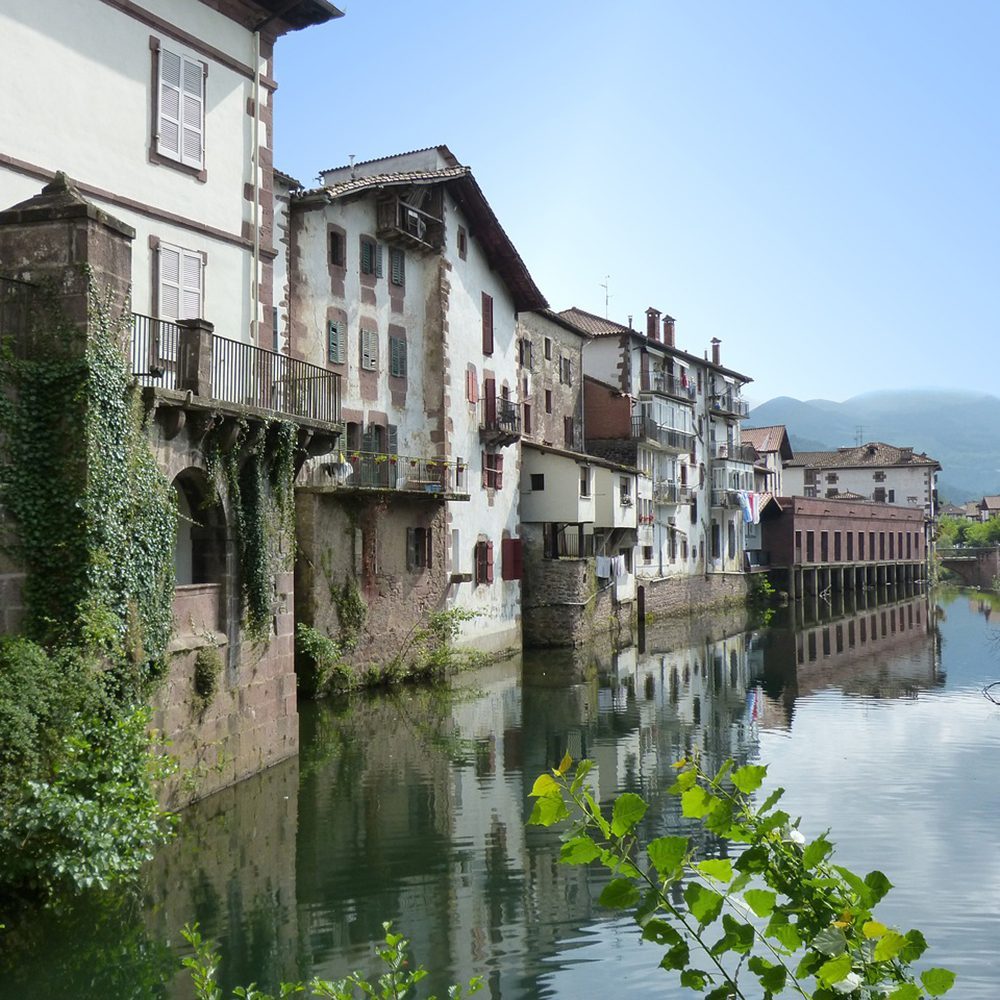

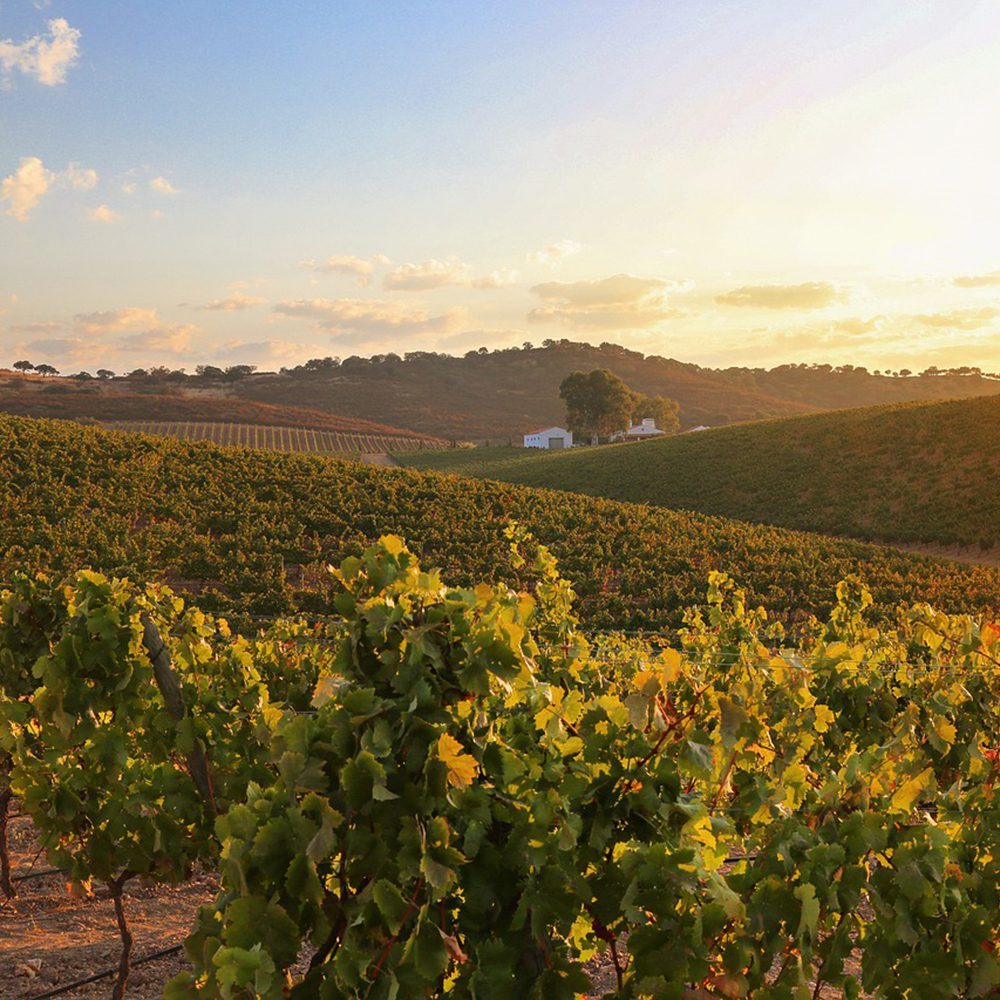
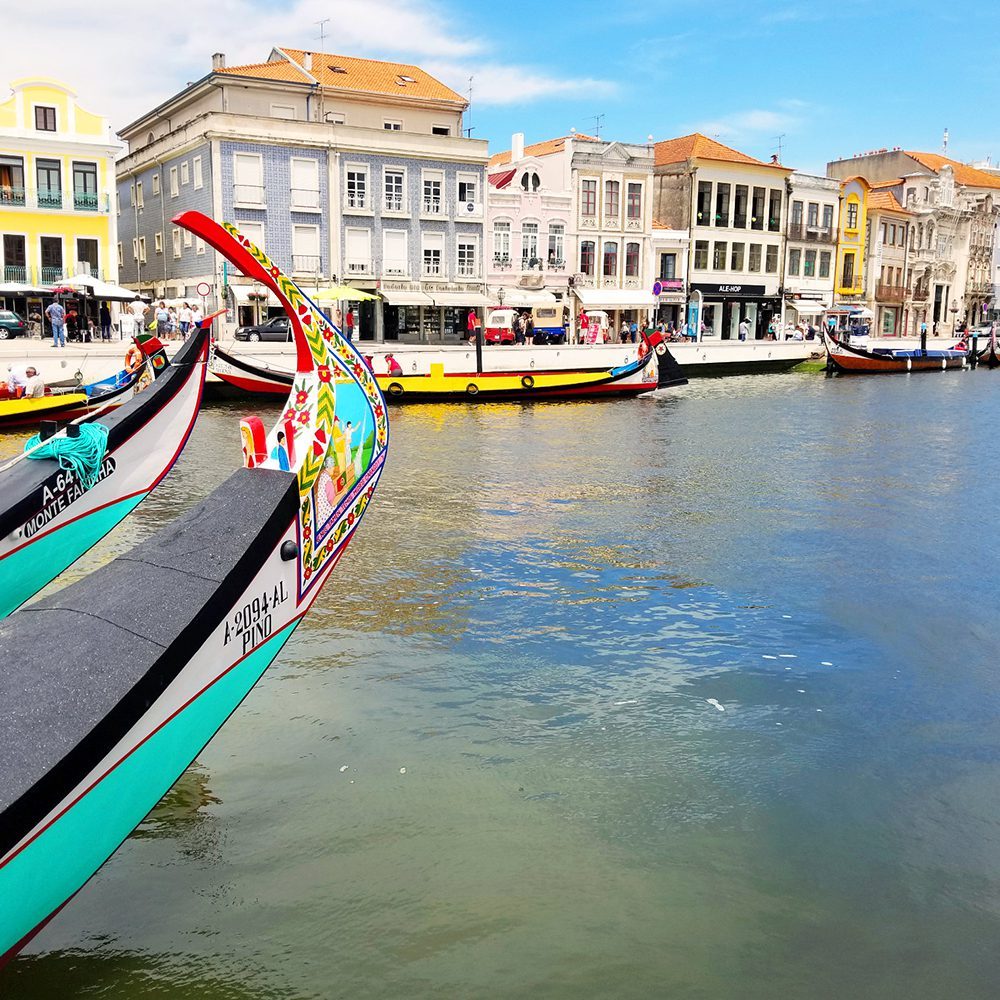
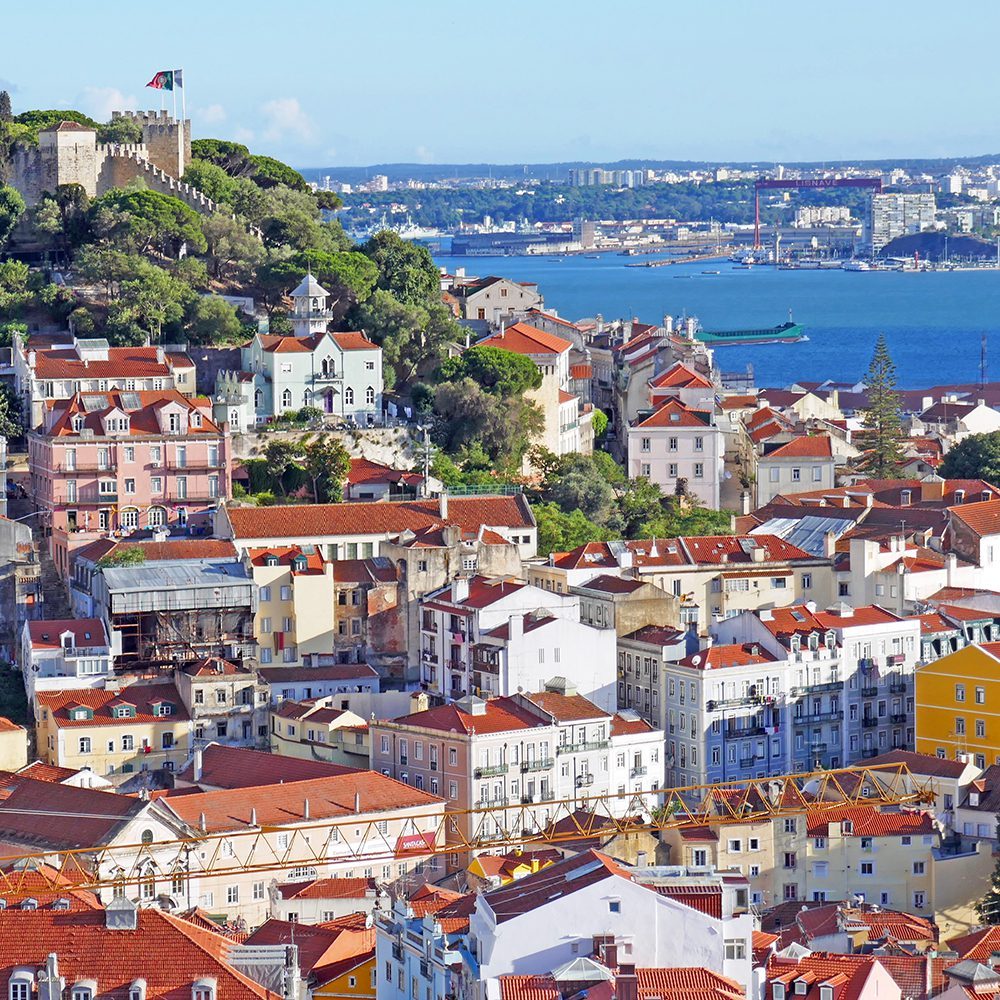
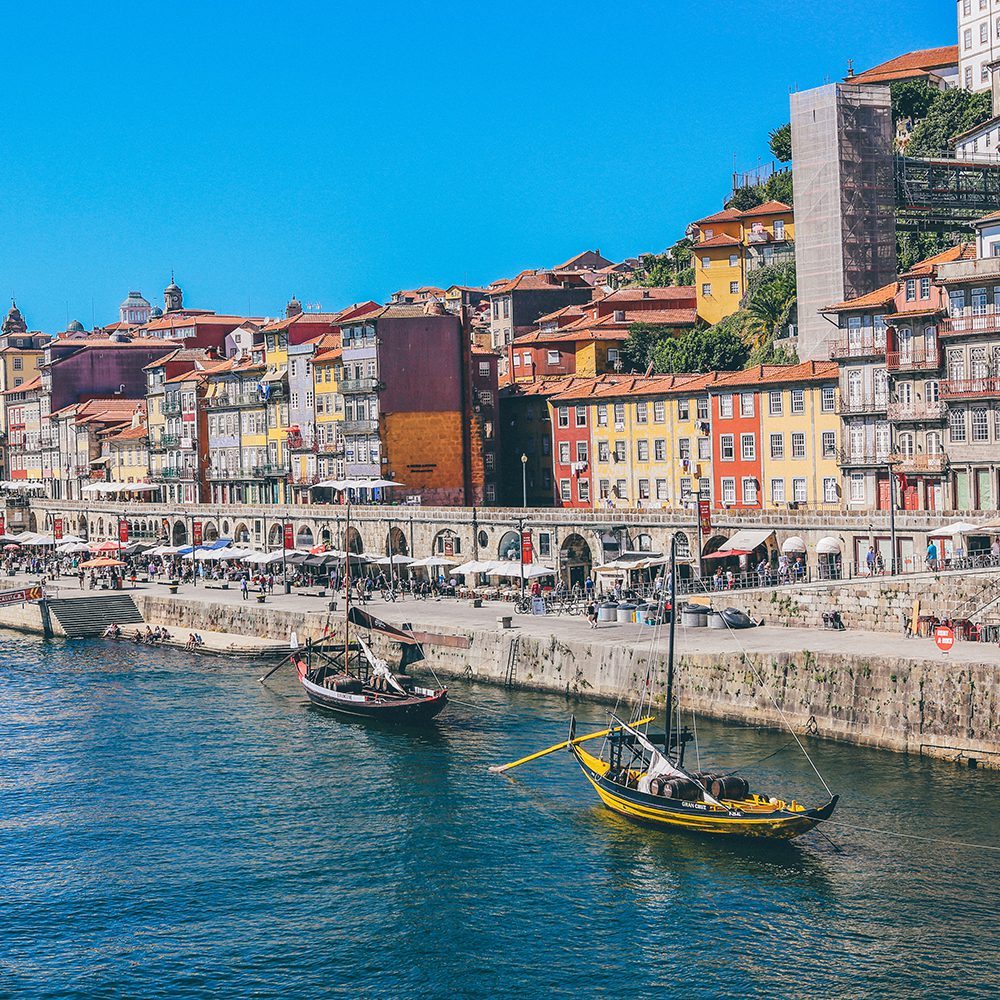
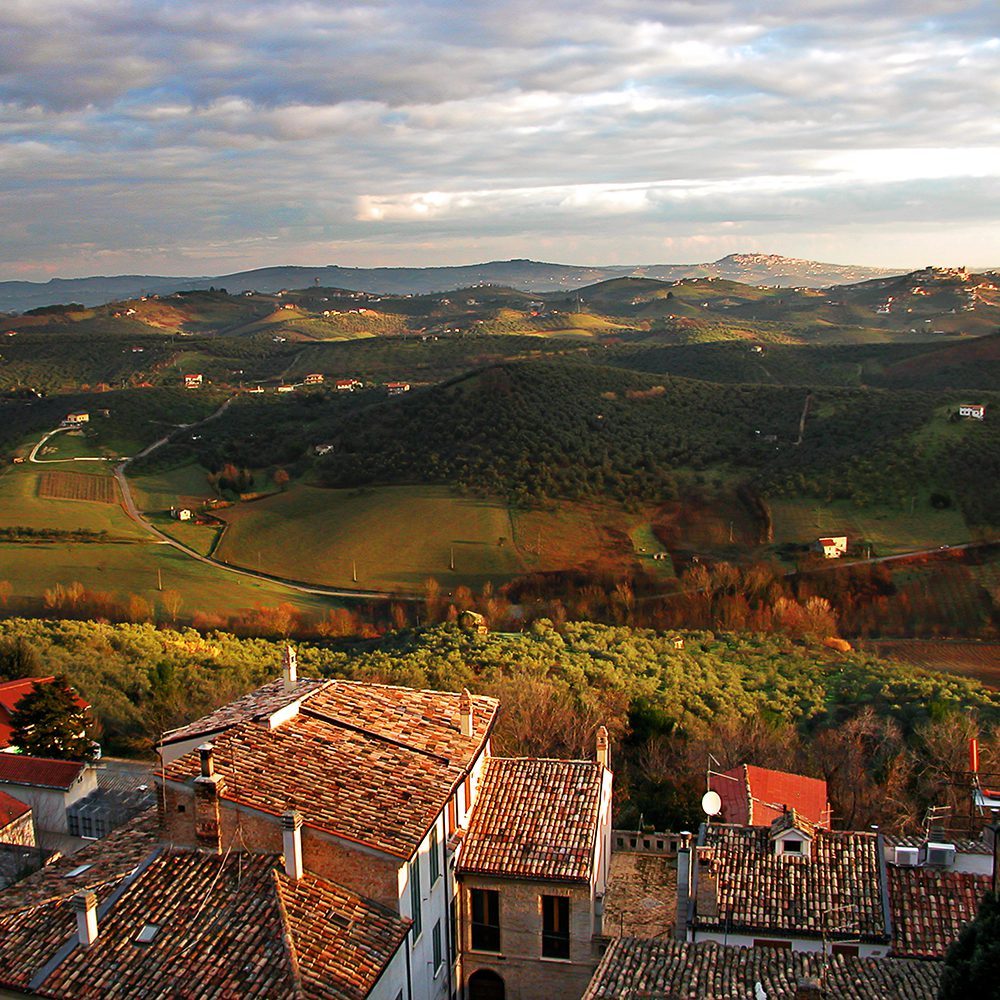
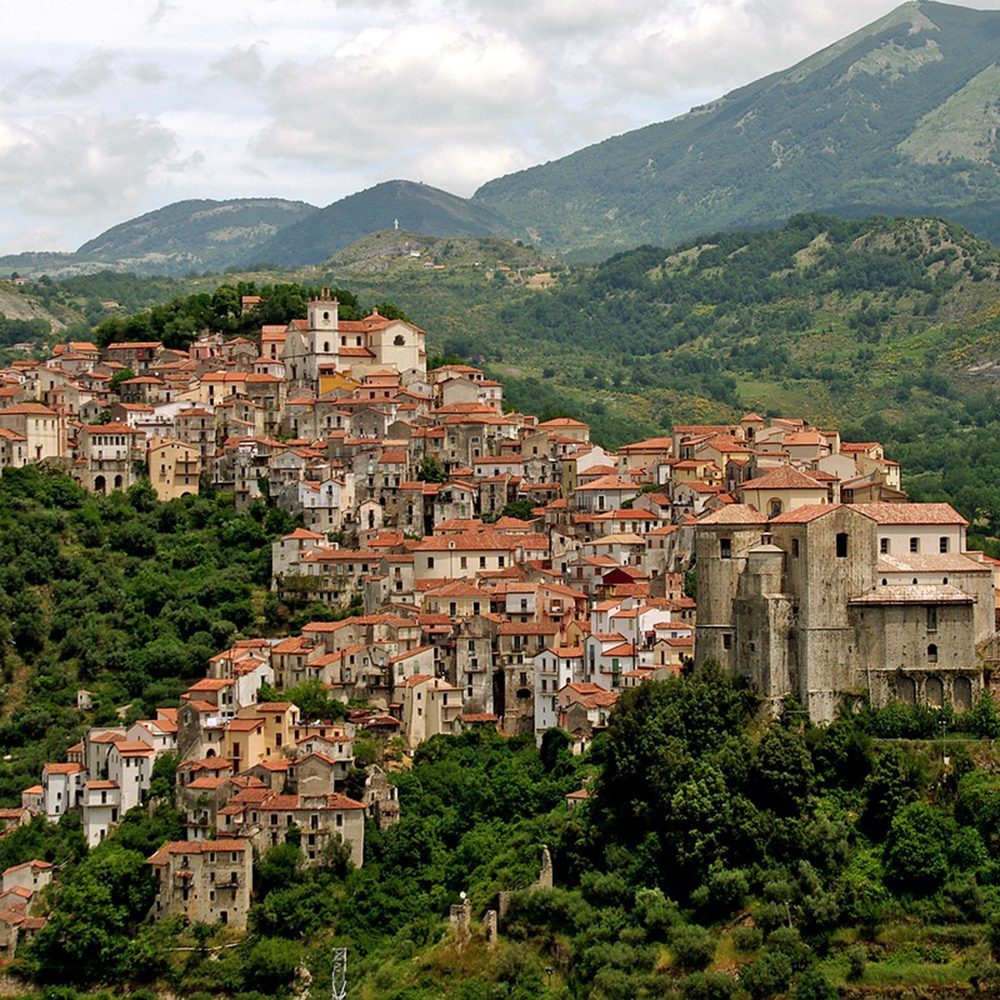
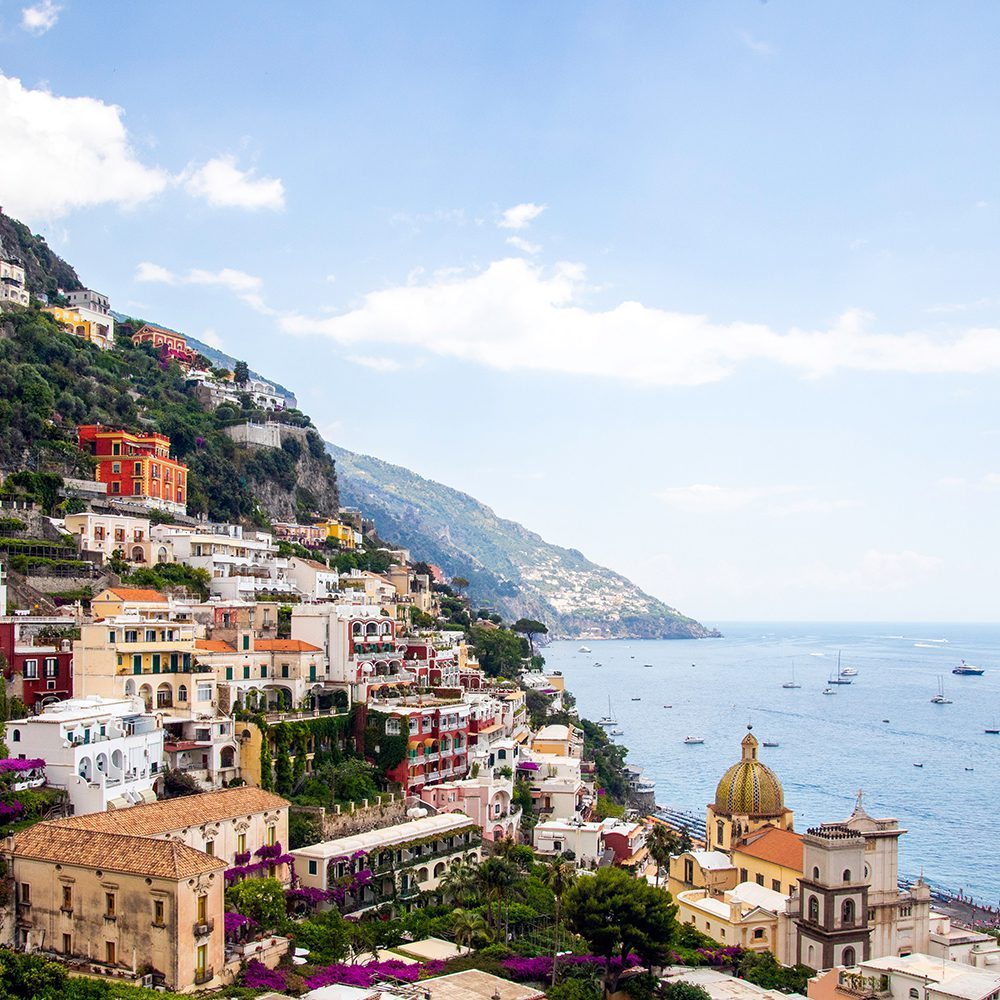


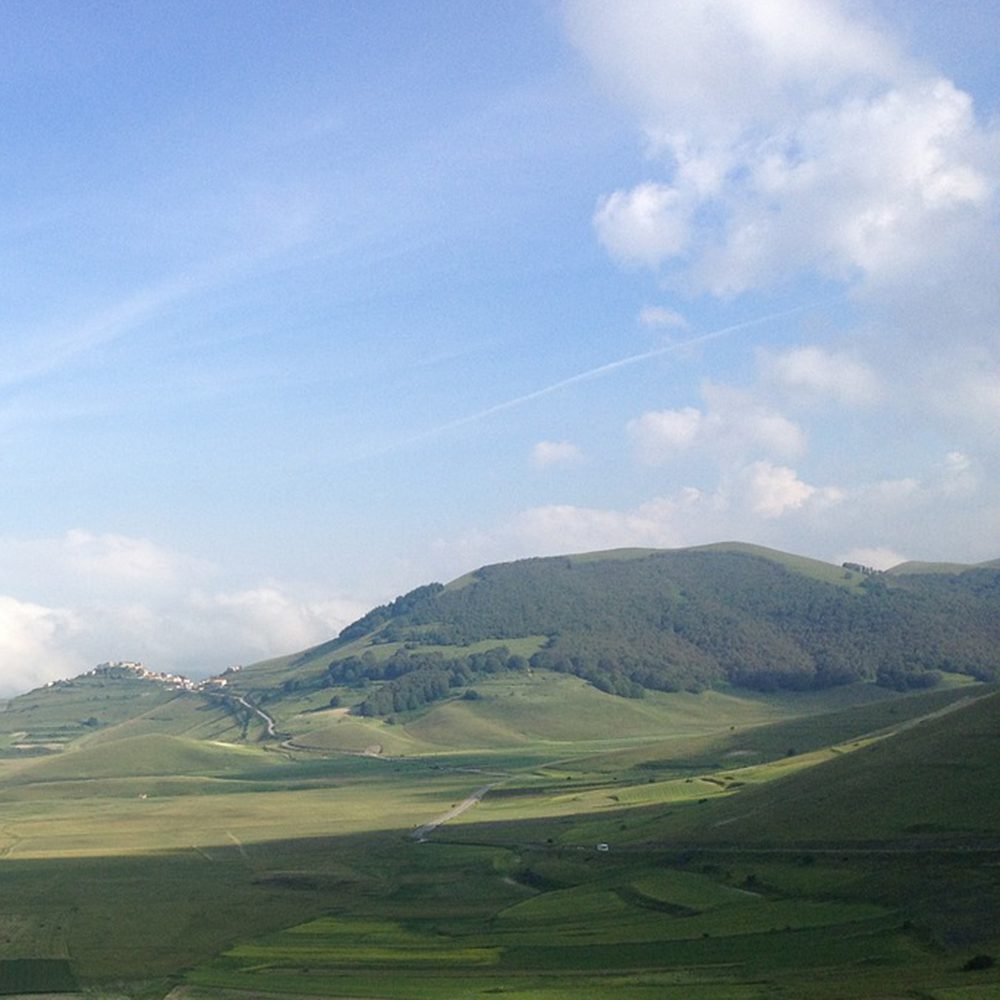
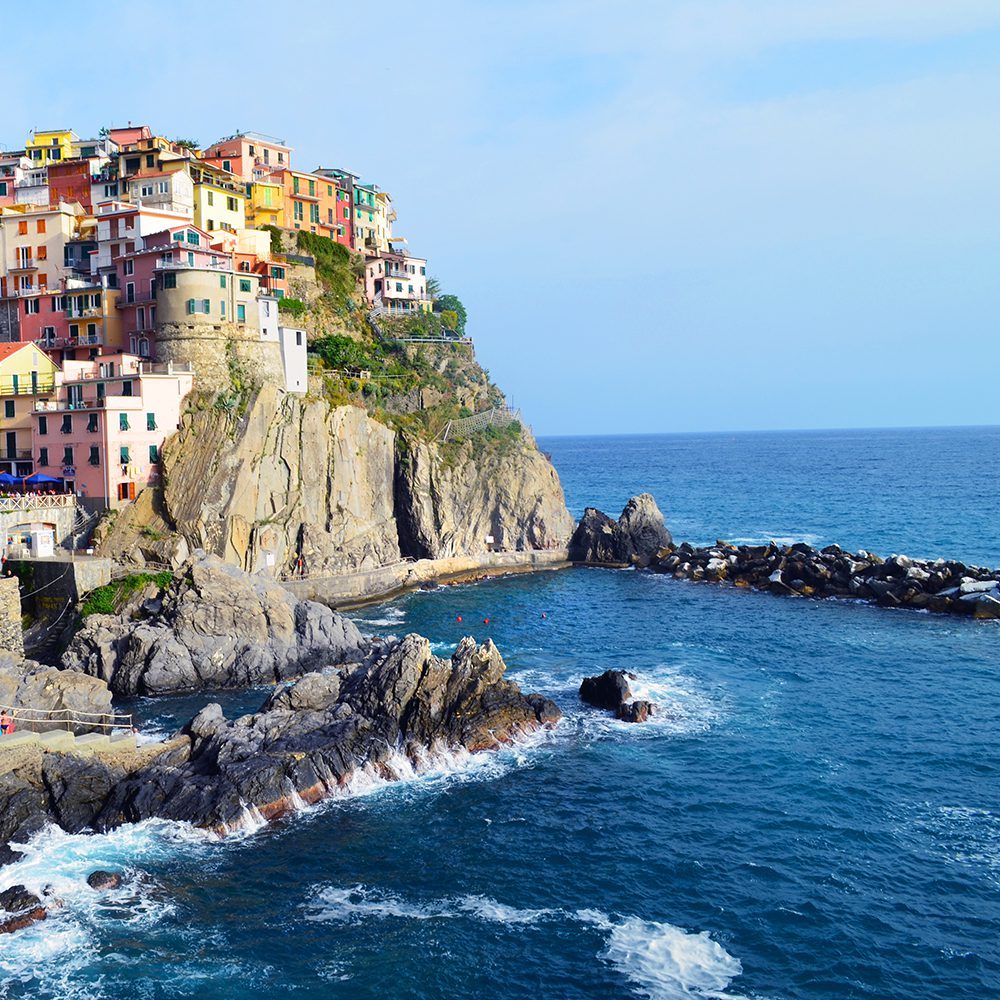
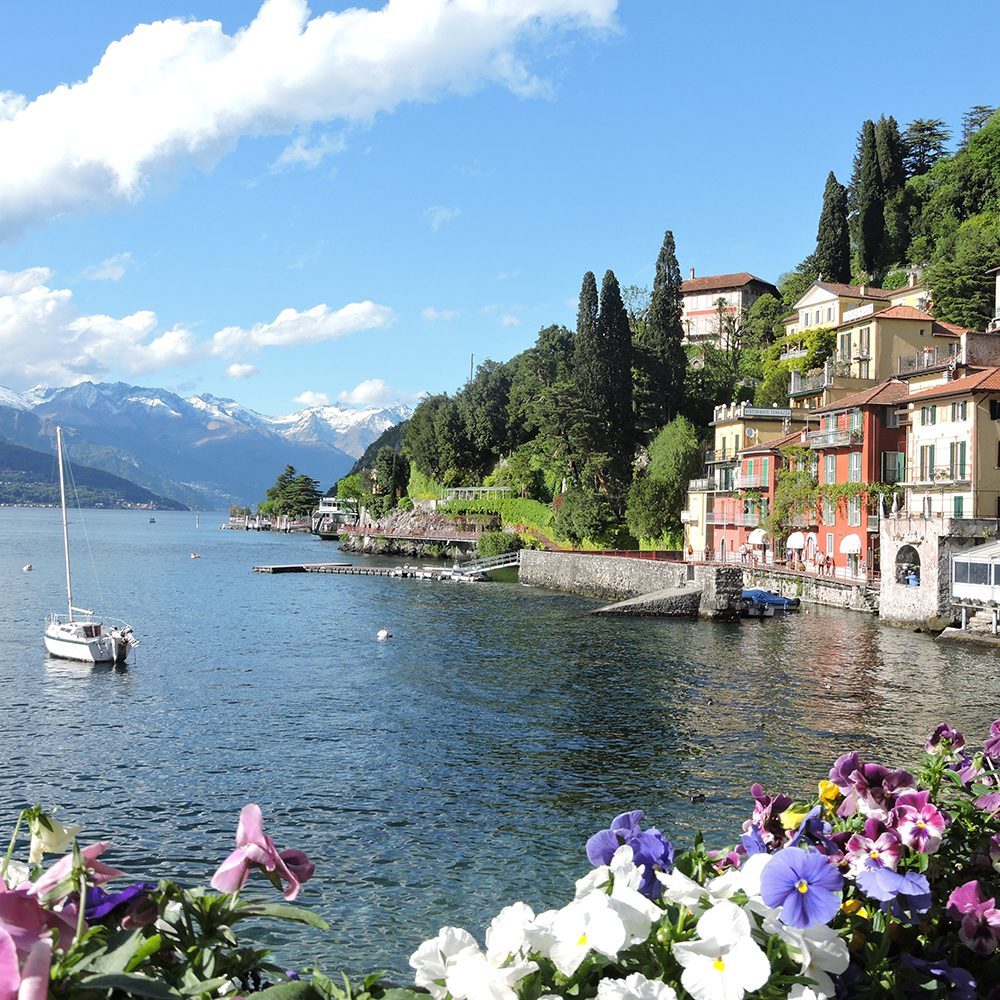
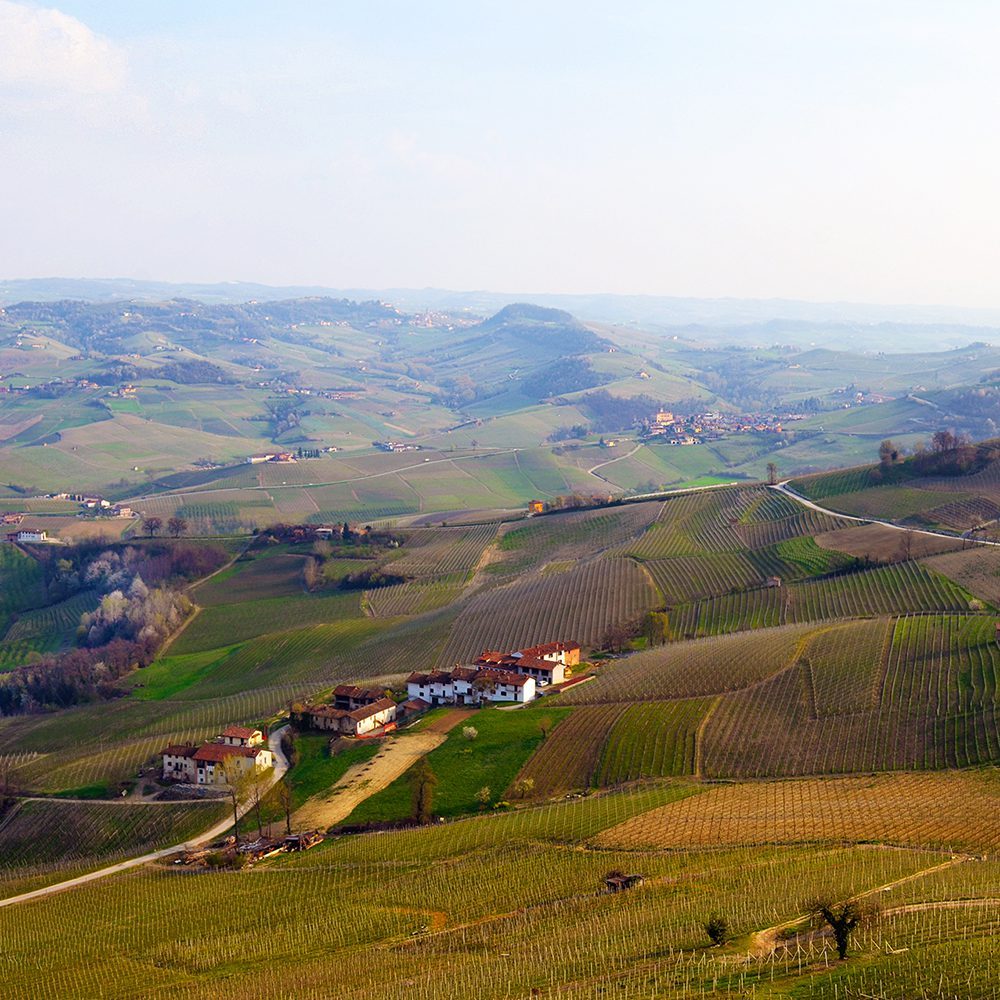

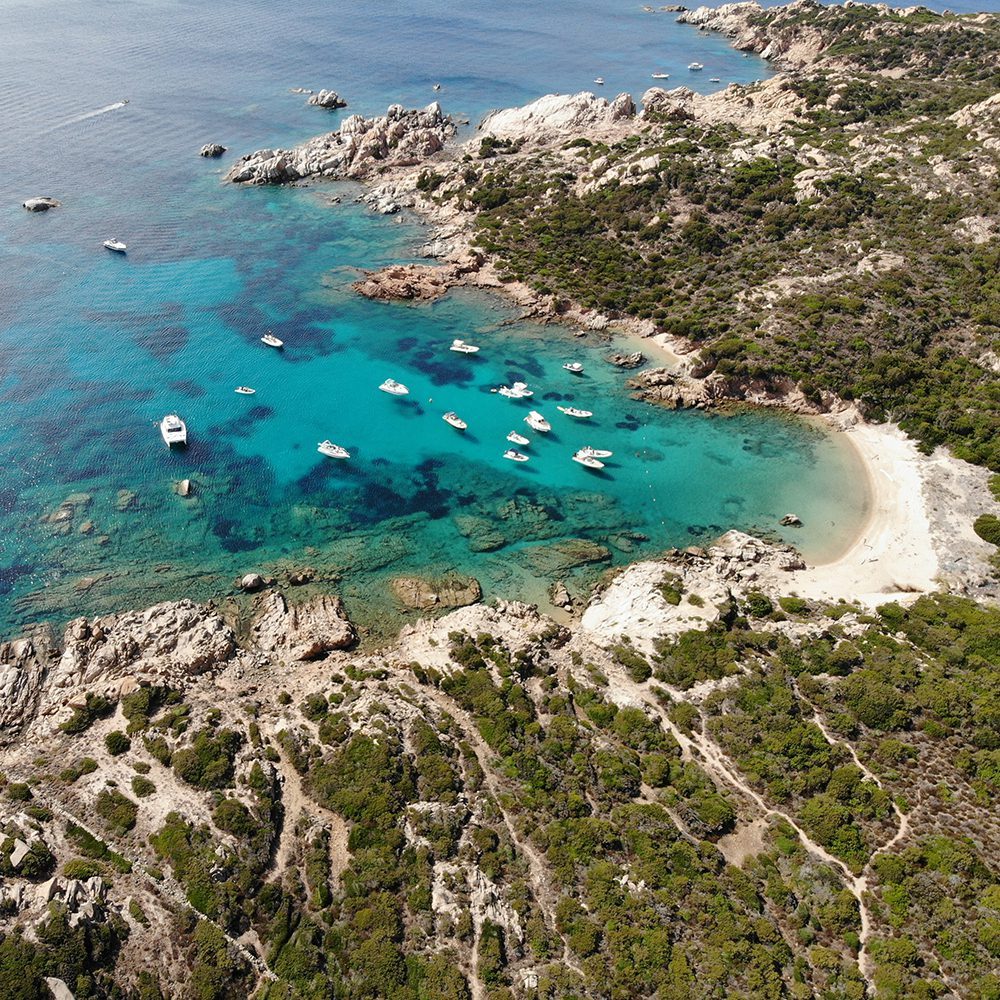
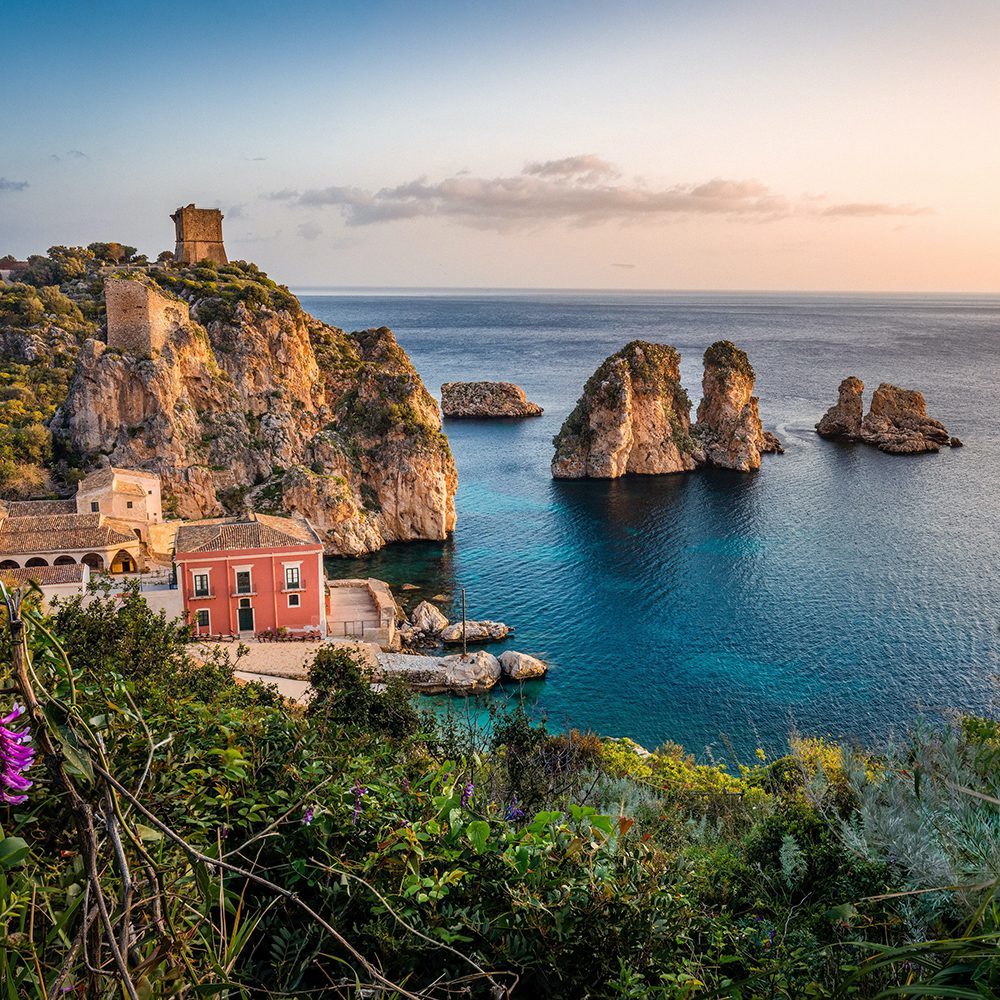
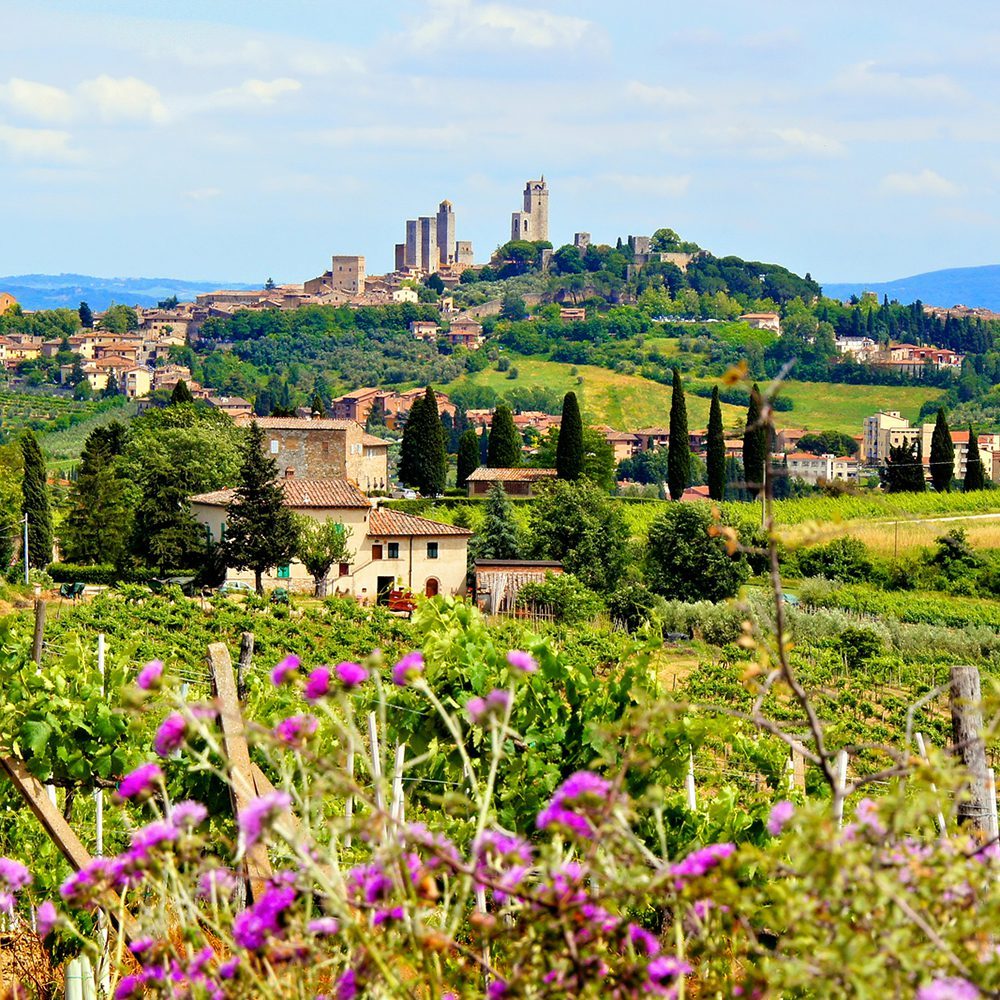
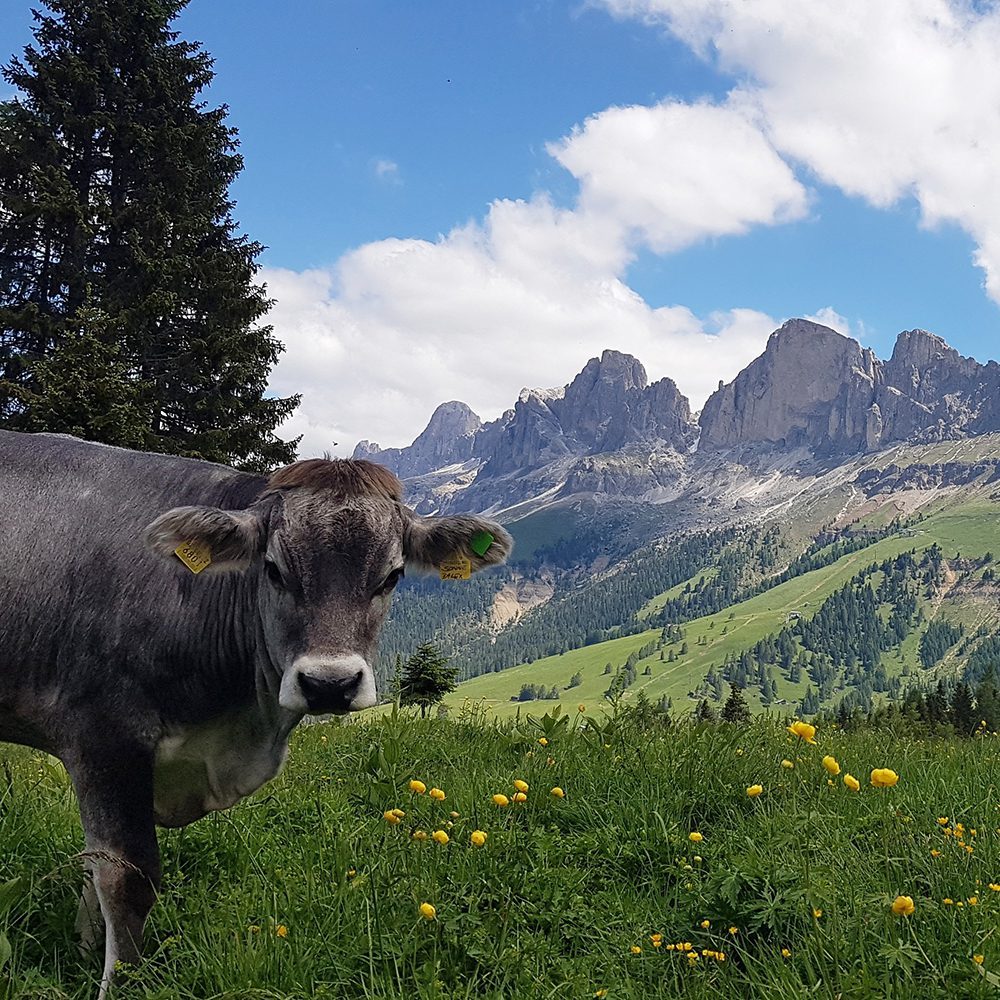
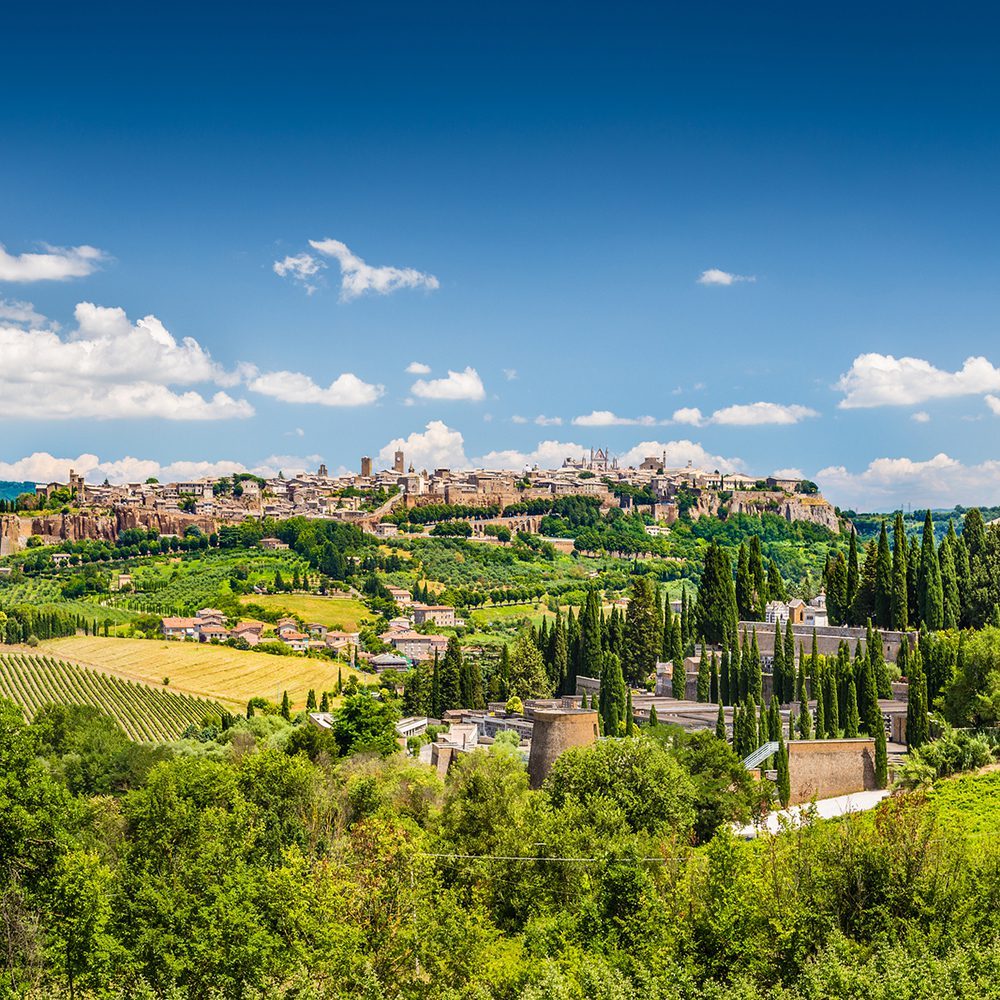
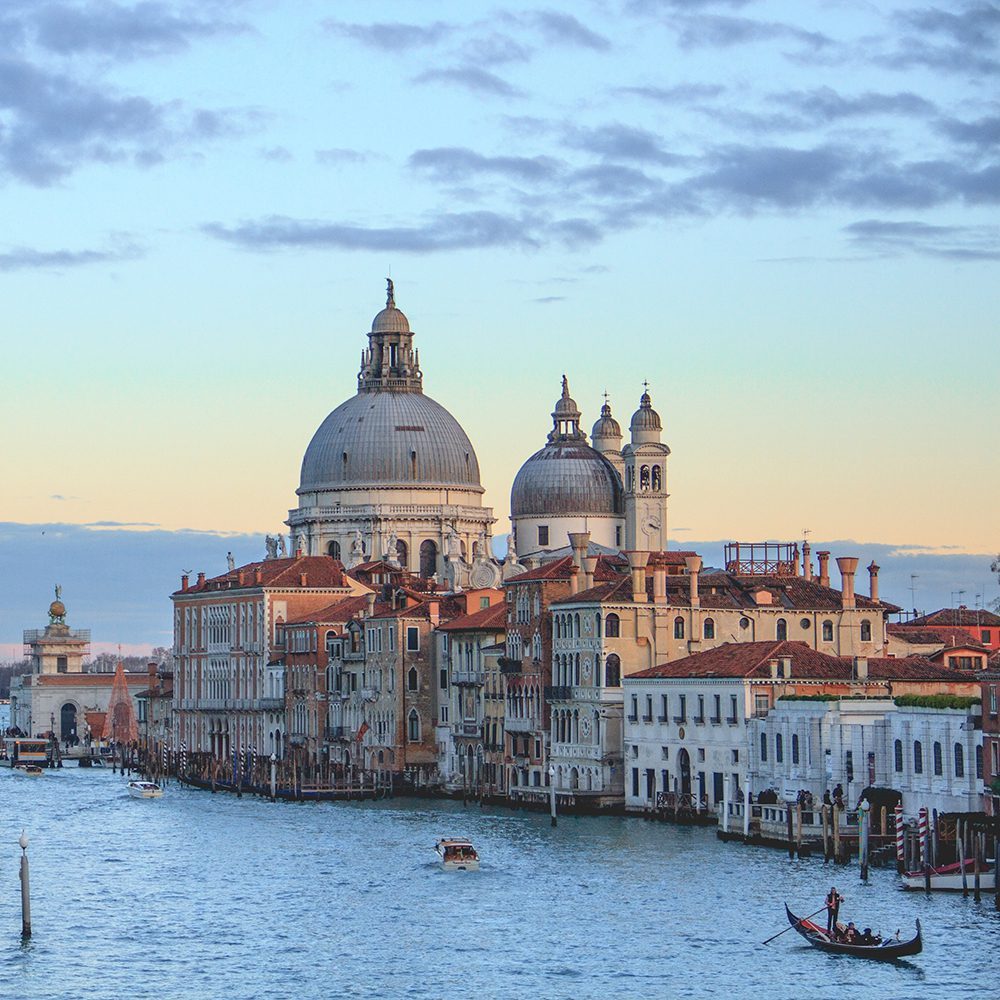
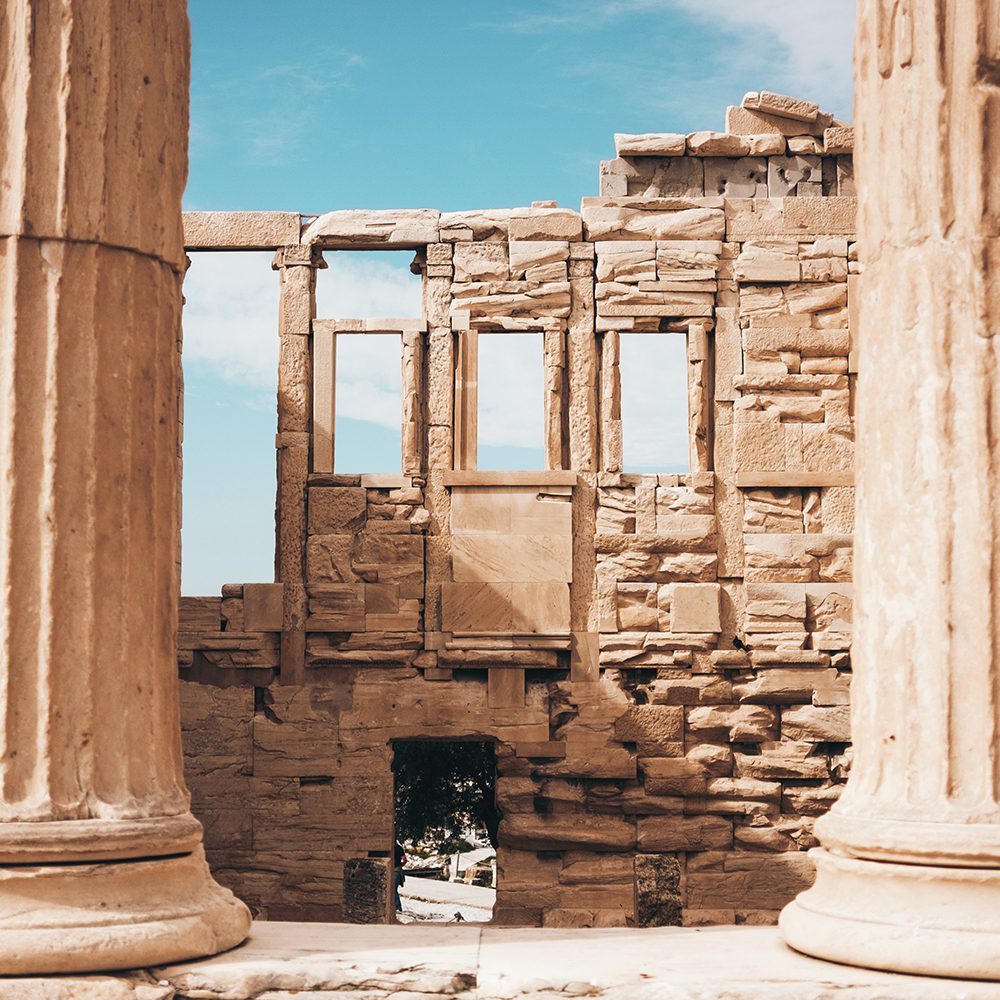
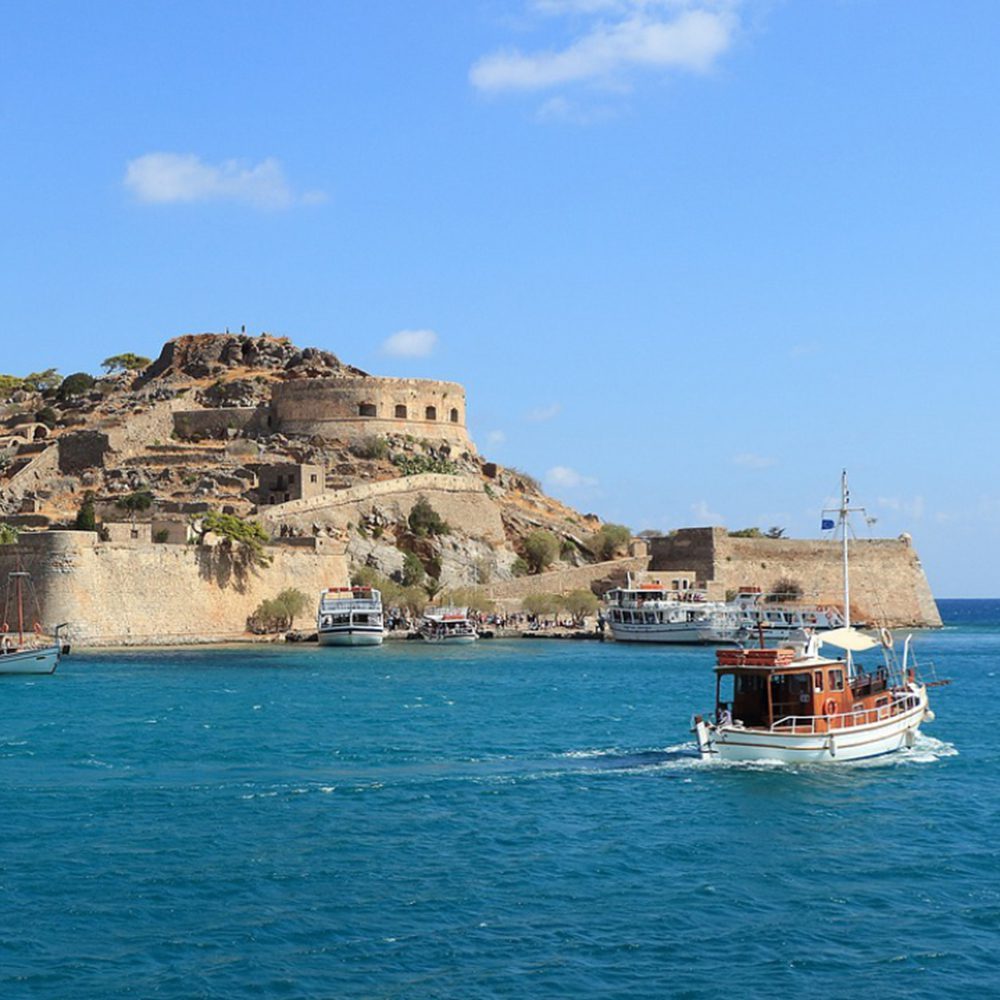
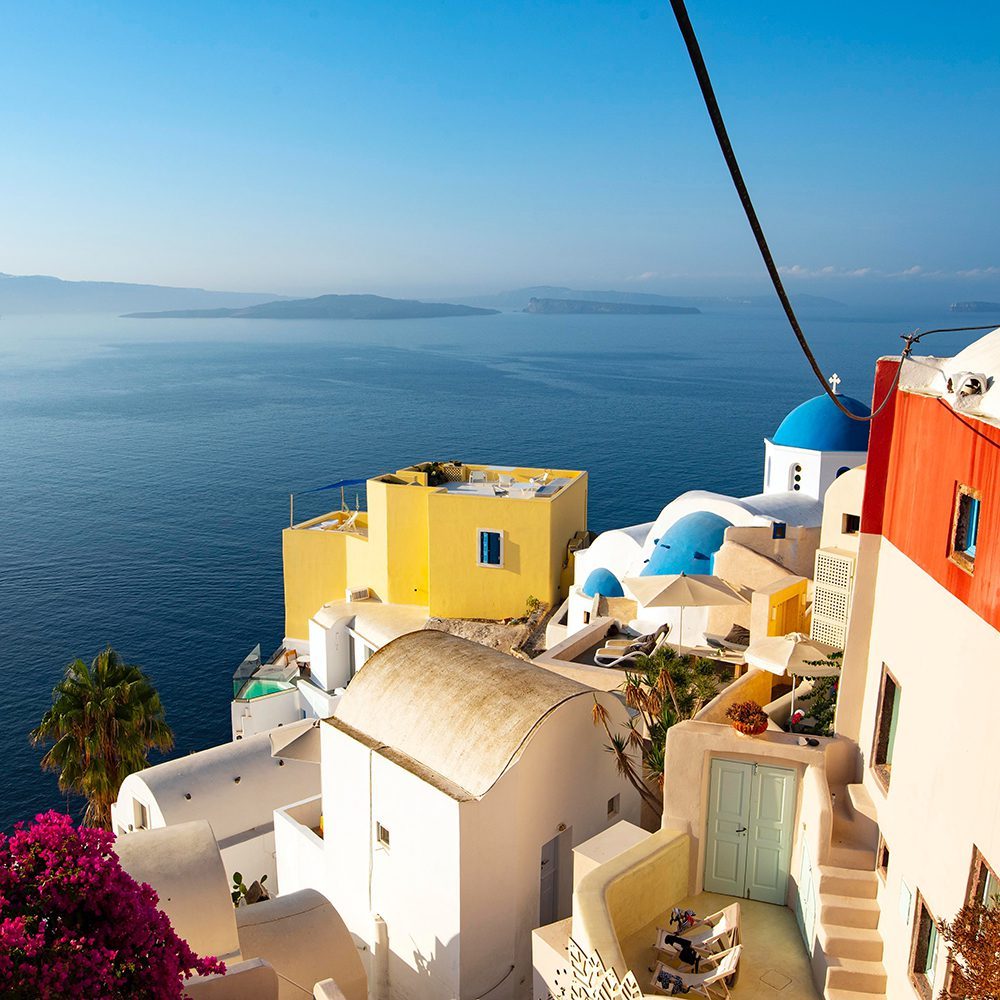
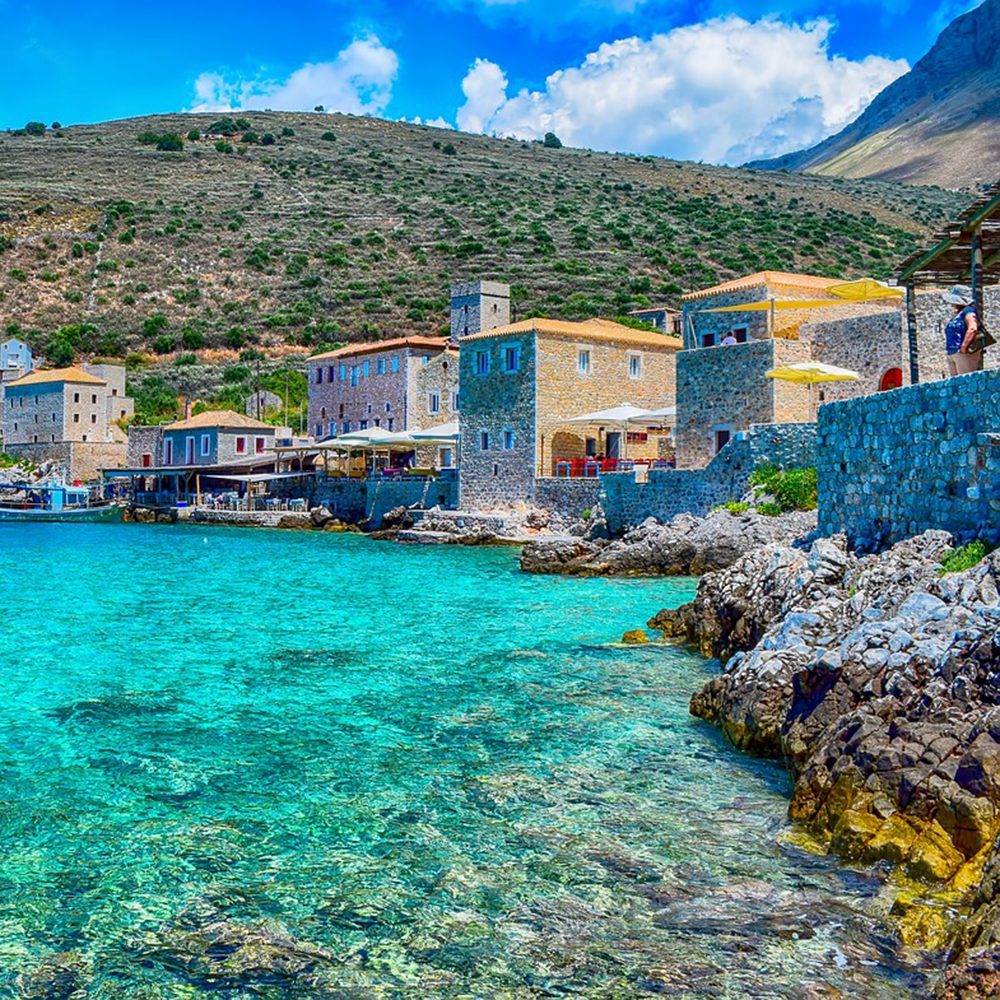

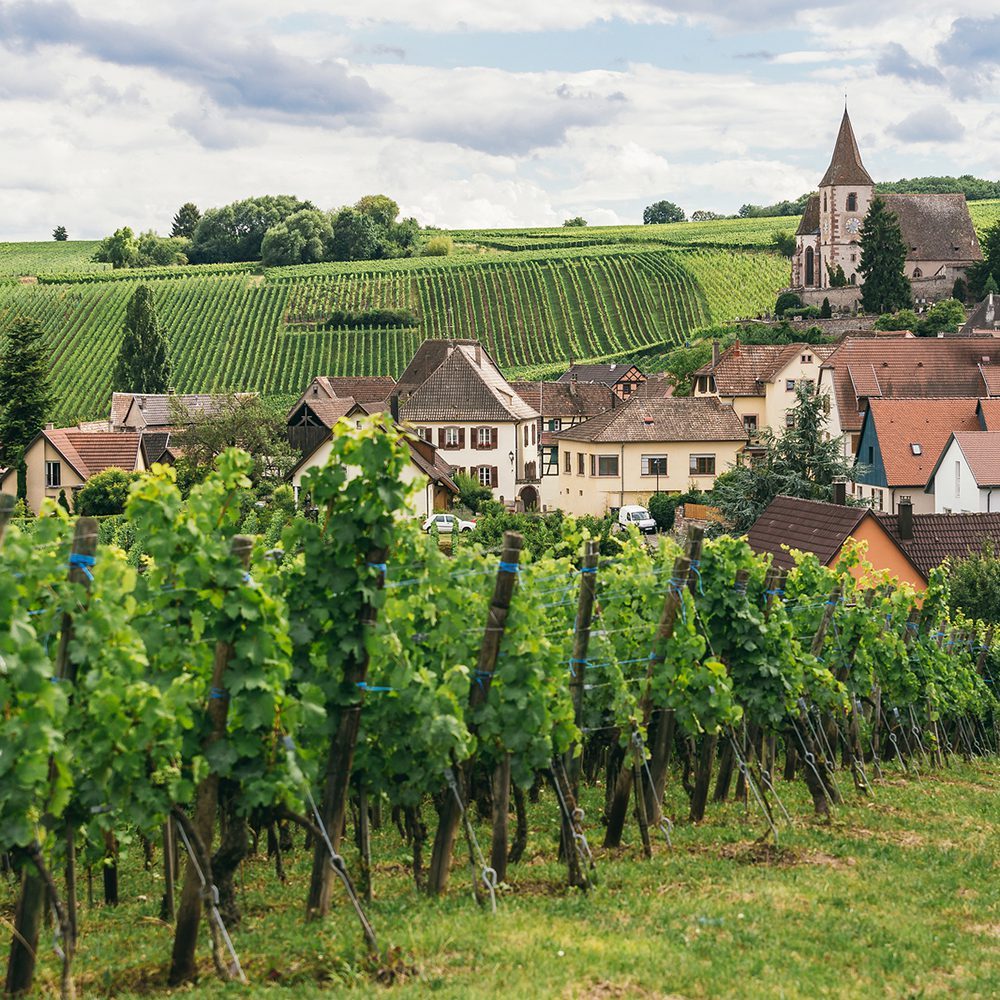
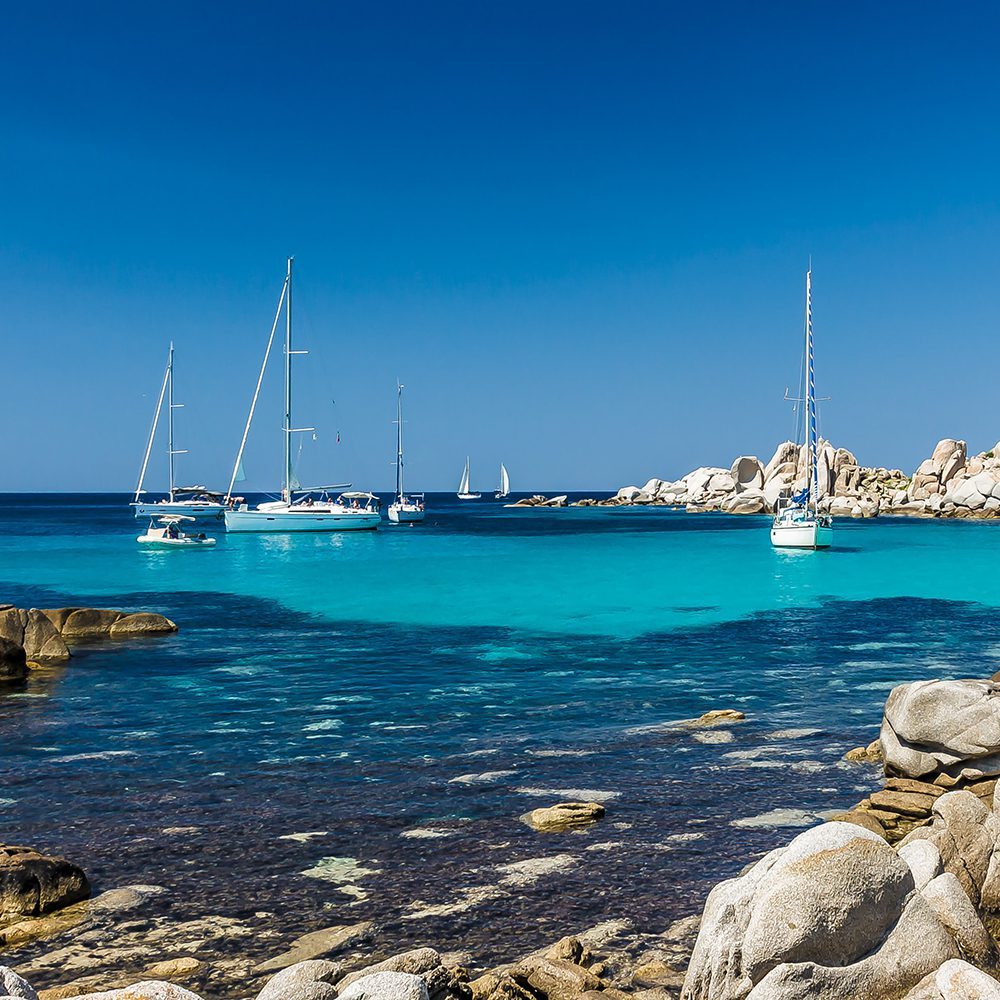
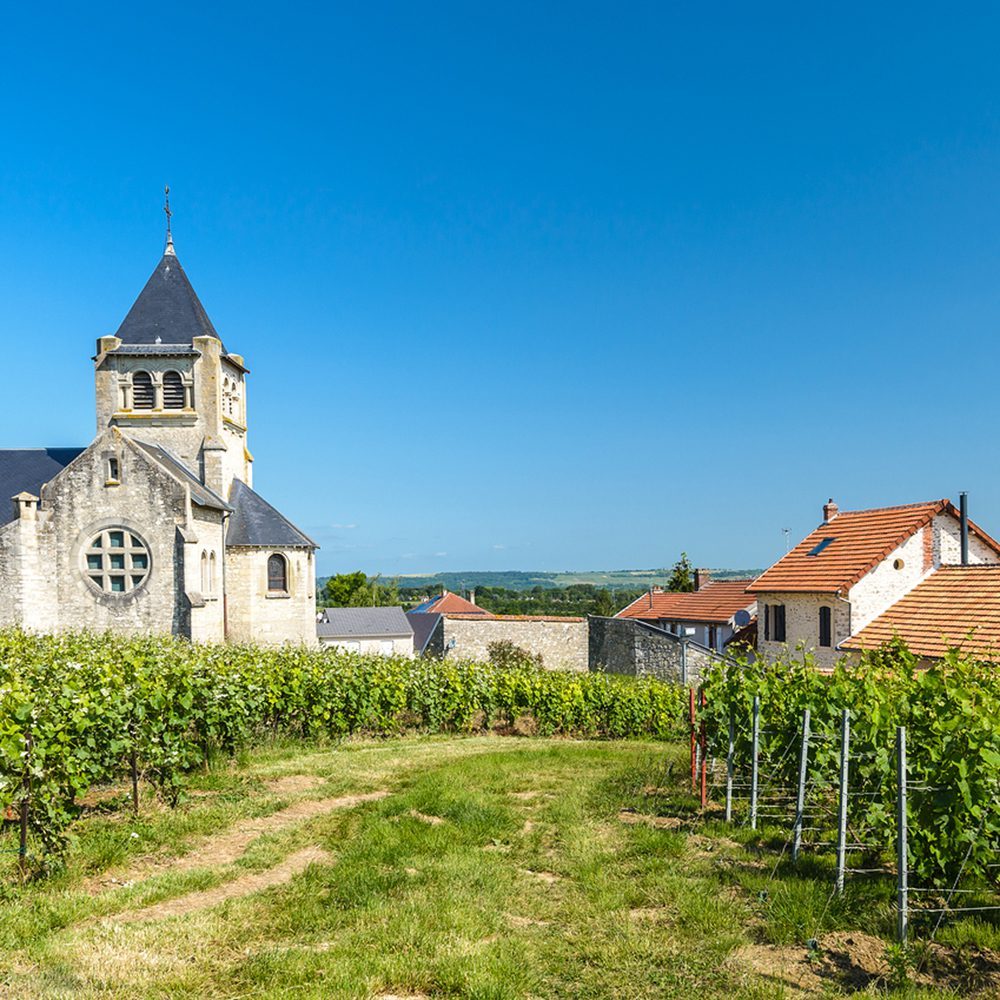



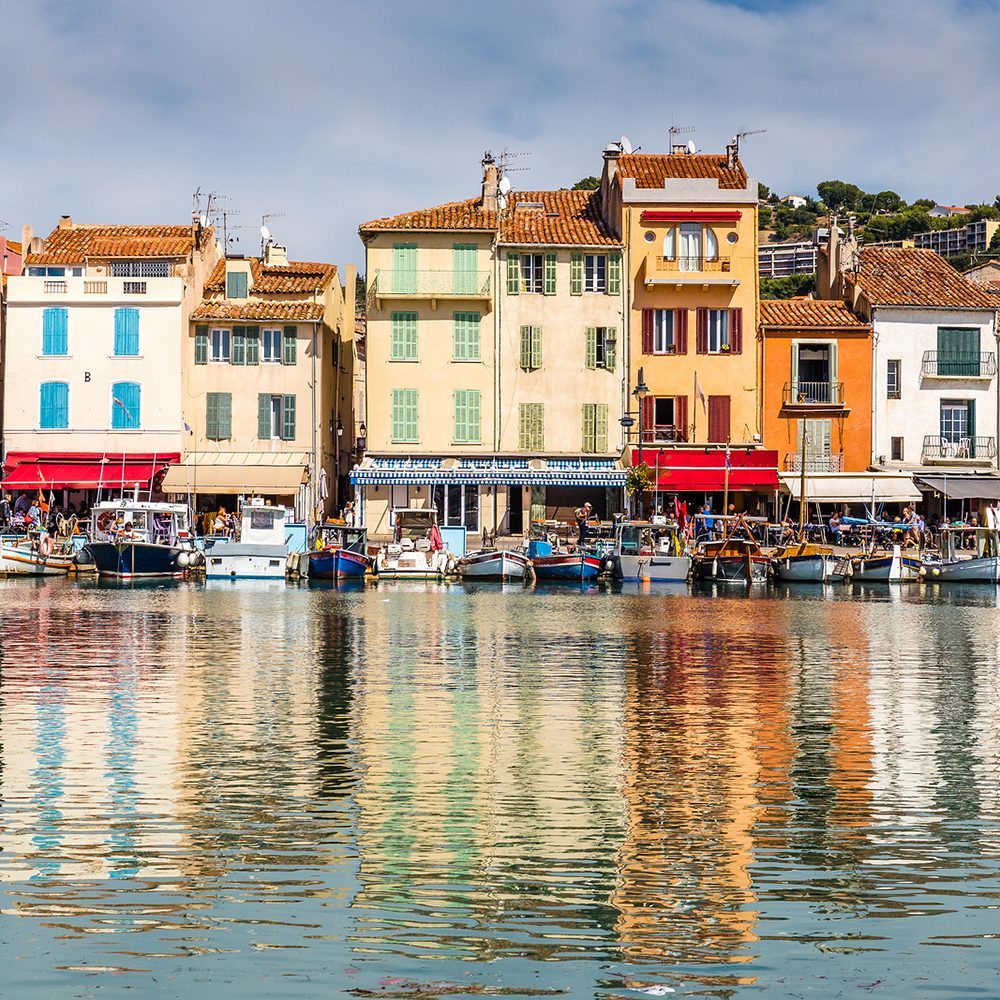
Comments are closed.